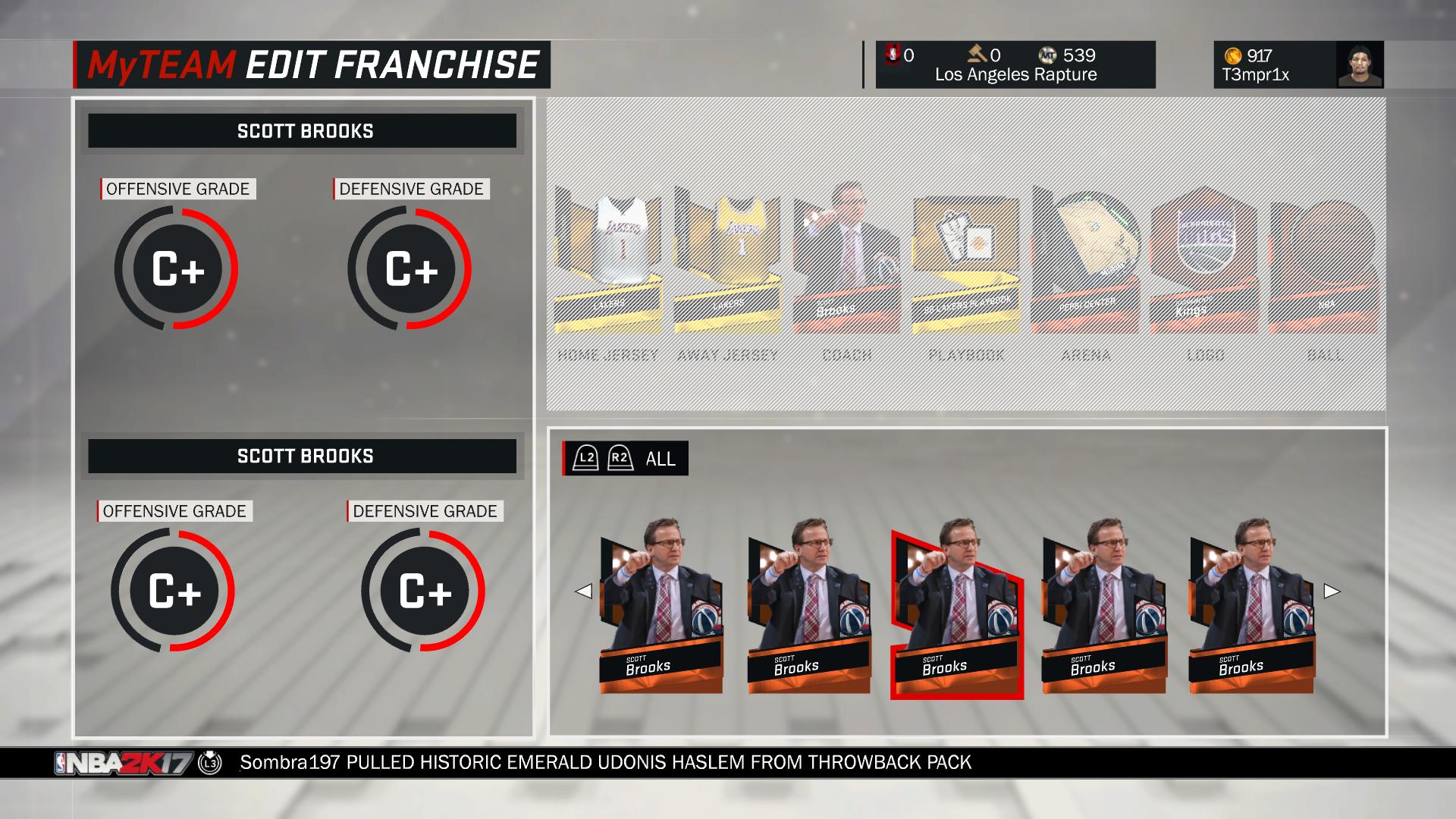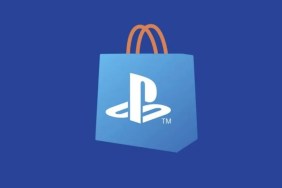
Sports games appear to have fallen into an oligarchy. Madden is the king of NFL games; MLB The Show is the leader of, well, MLB games. Now that the NBA Live series has resorted to a mobile-only release until at least next year, we’re left with NBA 2K17 as the sole console entry this year. Visual Concepts isn’t a company to rest on their laurels, but even so, have they improved upon a nicely-working formula this year, or perhaps meddled a bit too much with a good thing? Find out now in our review.
Presentation can make or break any sports game. Here, NBA 2K17 continues in the excellent tradition set by its predecessors. If you happen to pass by someone playing this game, you would swear they are watching a live game. It doesn’t matter if the current mode is an exhibition game, MyCAREER match, or a fantasy round — NBA 2K17 is the most authentic-sounding sports game released to date. Between an incredibly diverse and reactive audience, emotive coaches, and blaring sports arena sound systems, it really sounds like you’re watching a real game unfold before your eyes.
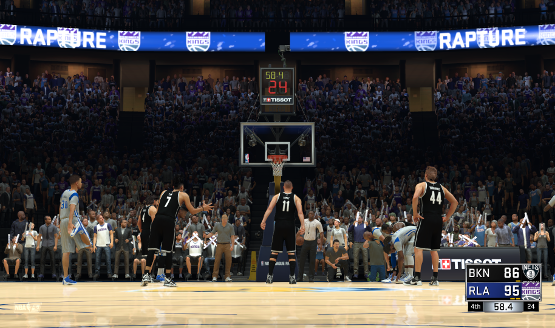
Your Ears Thank You
I can’t emphasize enough just how fantastically well done the audio work in NBA 2K17 is. There are three main commentators for most games, but also industry stalwarts such as Doris Burke who offer on-the-court analysis as the game progresses. The addition of Chris Webber and Brent Barry add more character to the game, and can surprise you with the insight they bring to a dynamic game as it unfolds in front of you. There are gigs and gigs of audio data in here, no doubt, and it all adds up to an incredible effort by developer Visual Concepts to culminate in a living, breathing game that reacts to your every move.
While the audio and general feeling of the game is spot-on, character models are still off just enough to be disconcerting. I griped about this all the way back in NBA 2K11, and while character models have gotten better over the years, we’ve now landed firmly in the uncanny valley. For those who are unaware, the uncanny valley is an aesthetics term which basically says that the closer a human replica (in this case, a computer model) gets to looking like the real thing, the more likely it is to evoke feelings of eeriness. It’s something that we are bound to overcome one day, when character models look exactly like their real-life counterparts. In the meantime, while you can tell who each professional baller is supposed to be, I’d recommend not staring into their faces for too long, lest they freak you out. Cheerleaders also look particularly vacant while dancing, which is off-putting. Thankfully, most of the action takes place with the camera zoomed quite a ways out, so this isn’t much of a concern.
More Control With Sticks
Controls have been tweaked to utilize the right stick in ways that make sense. You have to pull back on the right stick, and release at the right time. Not only that, but if your release is timed wrong or pull back crooked, your shot has an increased likelihood of bouncing right out of the basket. This means you’re not just mashing a few buttons to produce amazing shots, but must stop and think about how you’re going about shooting. It’s easy to get into the control scheme, and puts more of the blame for poor shots on the player than random chance.
Players also have more physical presence on the court than before. It feels like there’s a lot more contact than previously, and you can’t just force your way through defender after defender; passing the ball around is the only surefire way to eventually get a clean look at the basket. While playing offense feels fluid, playing defense feels sluggish by comparison. I found it more difficult to track my target, and defense generally devolved into holding L2 to rotate towards my opponent, and occasionally tapping square to try and knock a ball away, or triangle to attempt to block a shot. Thankfully, AI-controlled defense is serviceable, and steals, tipped passes and blocks seemed to occur at least as frequently as they do in real life, leading to fast breaks and a high-action game.
Every sports game seems to have a career mode that attempts to tell your player’s story, but few do it as dramatically as the NBA 2K series. Last year’s entry was directed by the legendary Spike Lee; this year there’s a bit less pomp and circumstance as cutscenes are only a few minutes long, but the story that is there is still pretty entertaining. You start by picking a college to play for, though your choices are limited to just ten to pick from. You then play through your first (and only) year as a college star, egged on by your roommate and even by your mother to enter the NBA draft. Depending on how well you play during your college days and one surprise game over the summer, your name will be called during a “live” draft, which I noticed you couldn’t skip. Thankfully, I was called seventh; I couldn’t imagine having to wait for dozens of names that weren’t mine to be called! I suppose this adds to the immersion of being an actual basketball star, since draft night must be a mixture of tension, boredom, and anxiety.
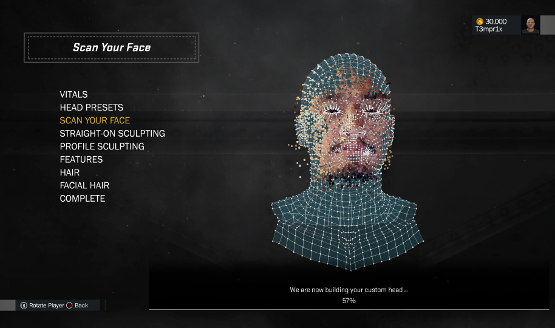
Face-Map on the Go
Speaking of immersion, you can map your face to your custom character again, but as with most things of this nature results may vary. I had my wife try to hold the phone up to my face, as the application on my phone recommended, but the app would hardly ever recognize my face, even with adequate lighting. Oddly, my phone’s front-facing camera ended up producing the best results that the game could use, but my eyes came out quite odd-looking. Your results may vary, of course, but the end result is usually a close-enough effort that you don’t really need to mess with sliders to get some semblance of yourself in a campaign. It’s a fun feature that can add a little emotional investment into the MyCAREER mode.
As you go through your career, you have to make decisions such as whether to practice, or indeed to show up to your team’s practice, with consequences either way. You also team up with the player voiced by Michael B. Jordan, and can eventually unlock dual player controls for the first time in the MyCAREER mode. This helps to ensure that you can make a great assist, and encourages team play a little more than before.
The Trifecta
If you enjoy playing the trifecta of fantasy/management game modes MyTeam, MyGM, or MyLeague, they’re all back with some tweaks here and there. MyTeam involves collectible cards, and opening booster packs feels quicker than before. A new “Dynamic Duo” feature powers up two players if they are placed in the rotation together, which mirrors some real life on-court dynamics. You can also play through the proposed games in these modes, with all the excellent commentary and presentation of other modes. If you’re not into all this fantasy stuff, though, you don’t have to touch it, and there’s nothing here that will convince you to play if it doesn’t do anything for you.
At this point, EA is going to have to pull off a small miracle to compete with NBA 2K17. Visual Concepts is the uncontested developer of not only basketball games, but perhaps of all sports games, period. Every year seems to improve on the last. With a continuing excellence in multiple game modes, including a toned-down but more focused career mode, quicker fantasy options, and of course the impeccable audio work, basketball games don’t get any better than this.
NBA 2K17 review code provided by publisher. For more information on scoring please see our Review Policy here.
-
Incredible presentation
-
More focused career mode
-
Ridiculously deep franchise modes
-
Player faces are still creepy
-
Playing defense feels sluggish
NBA 2K17 Review
-
Nba 2k17 Review 01
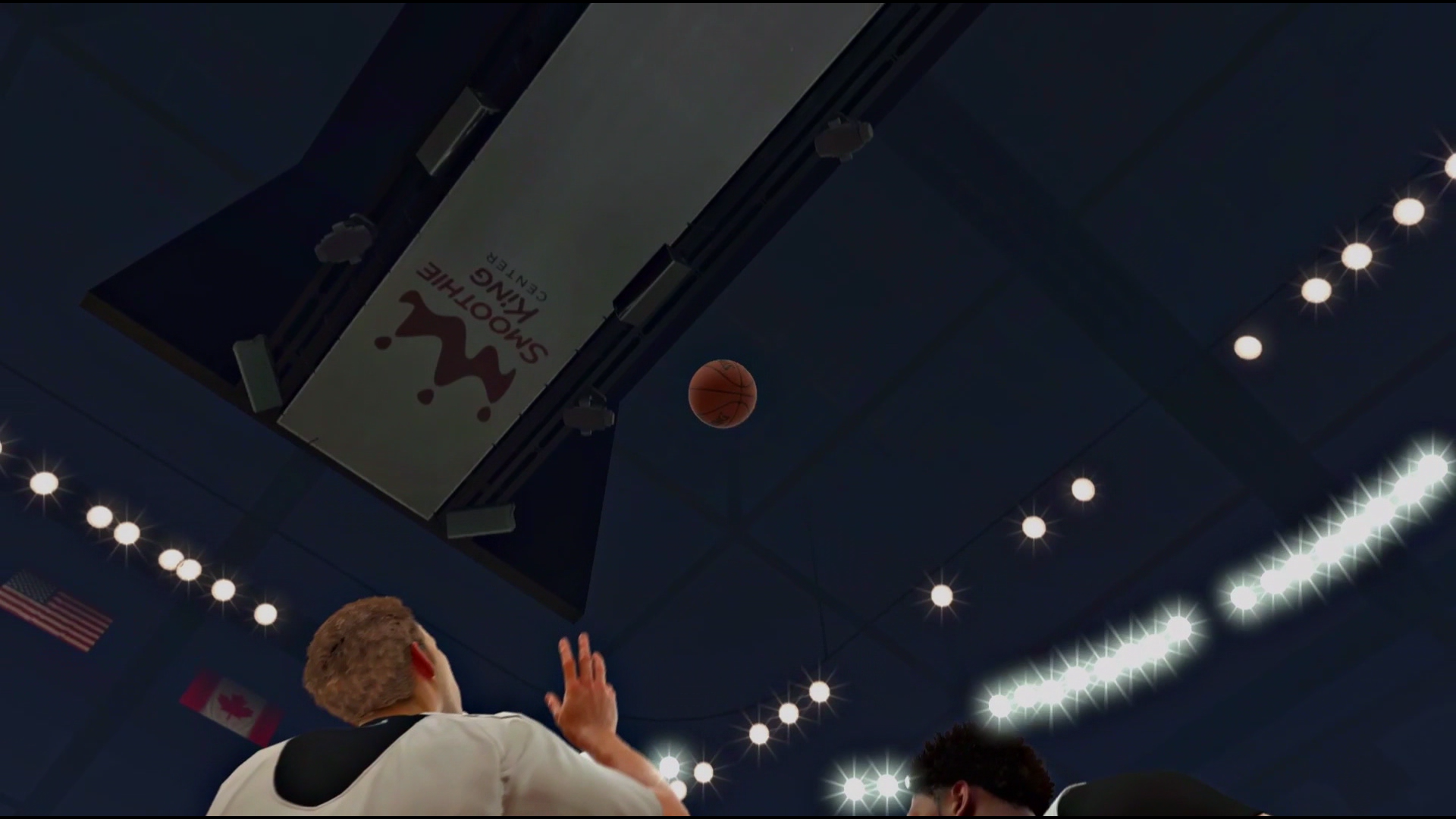
-
Nba 2k17 Review 03
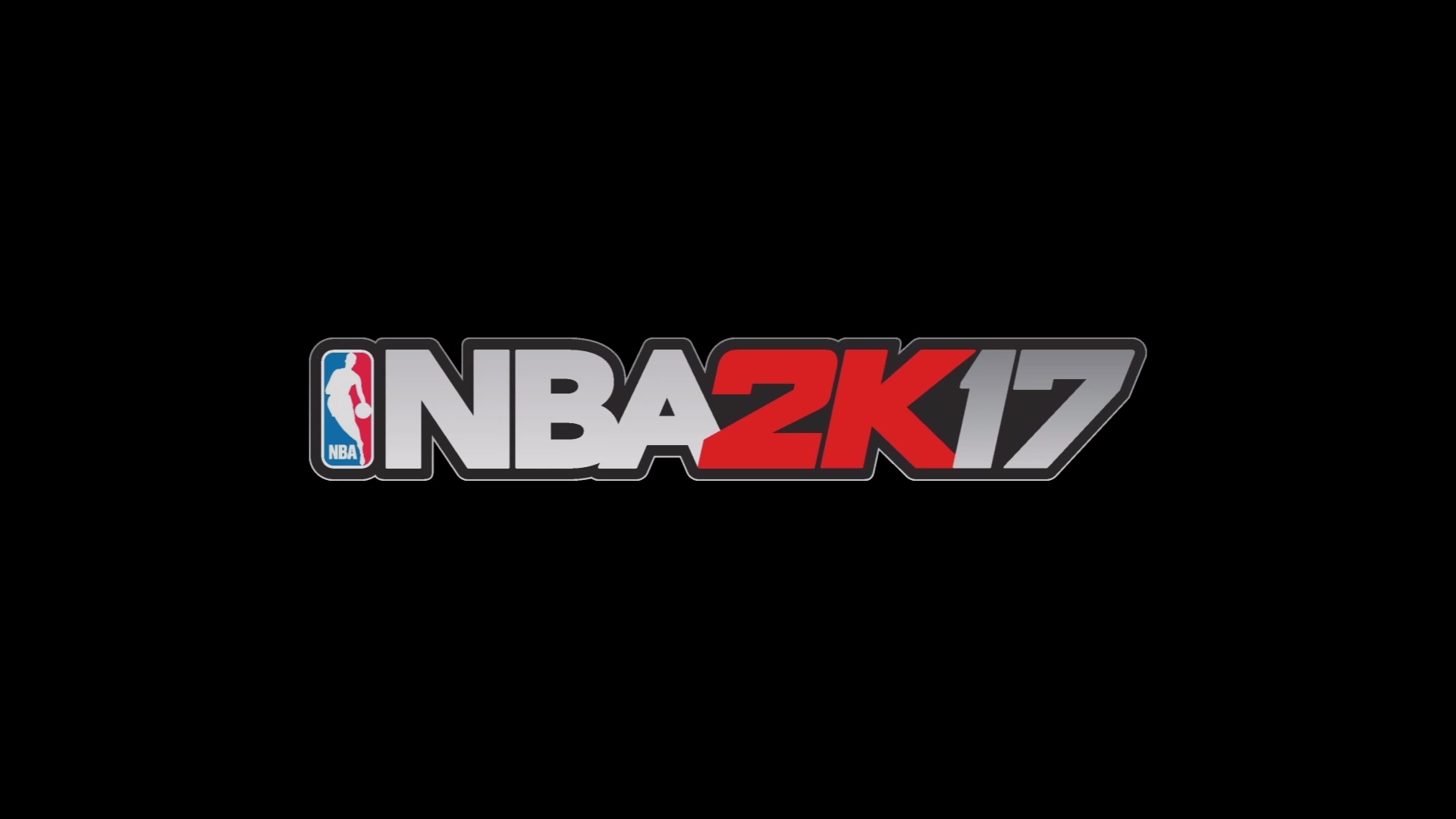
-
Nba 2k17 Review 05
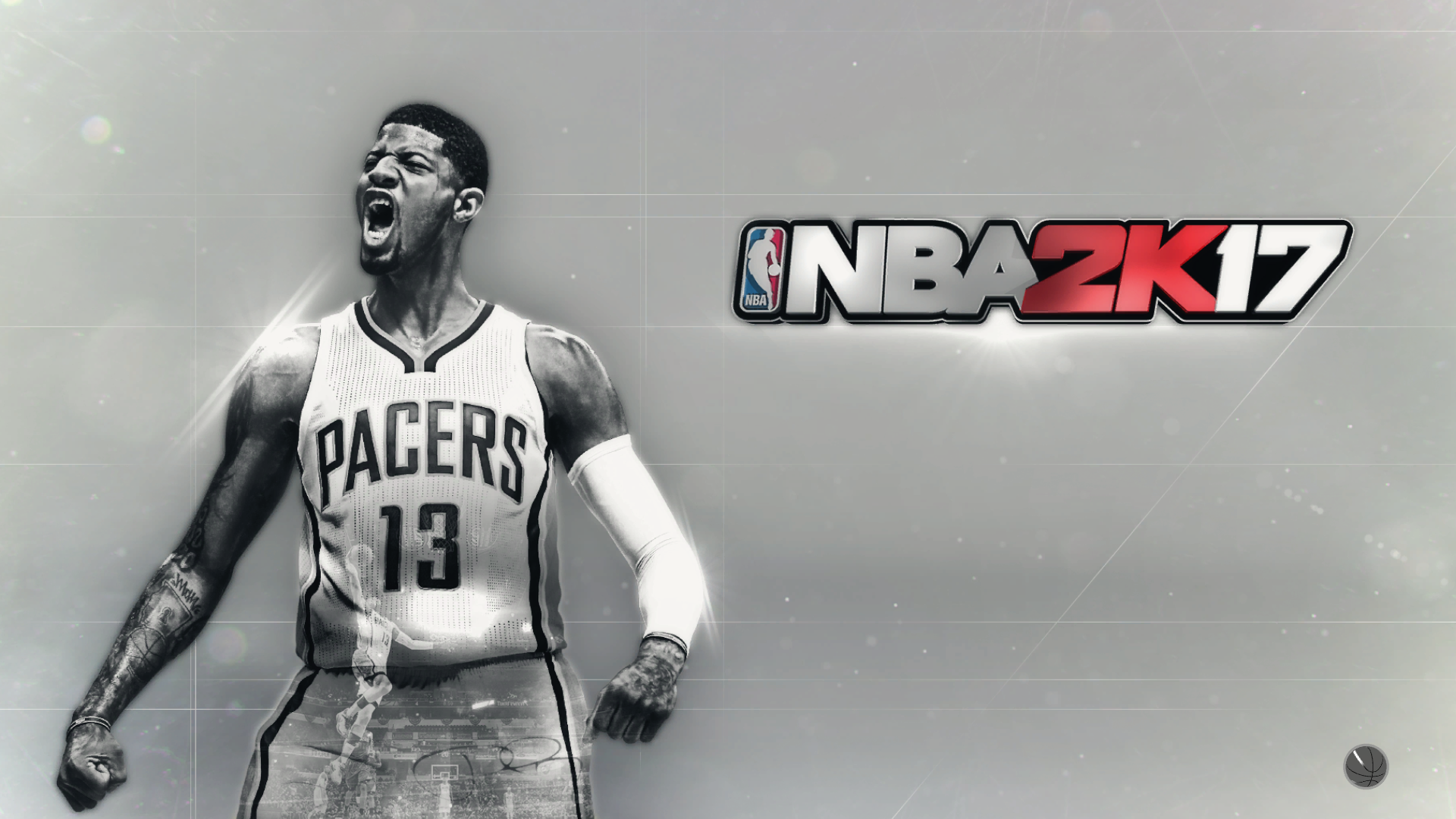
-
Nba 2k17 Review 07
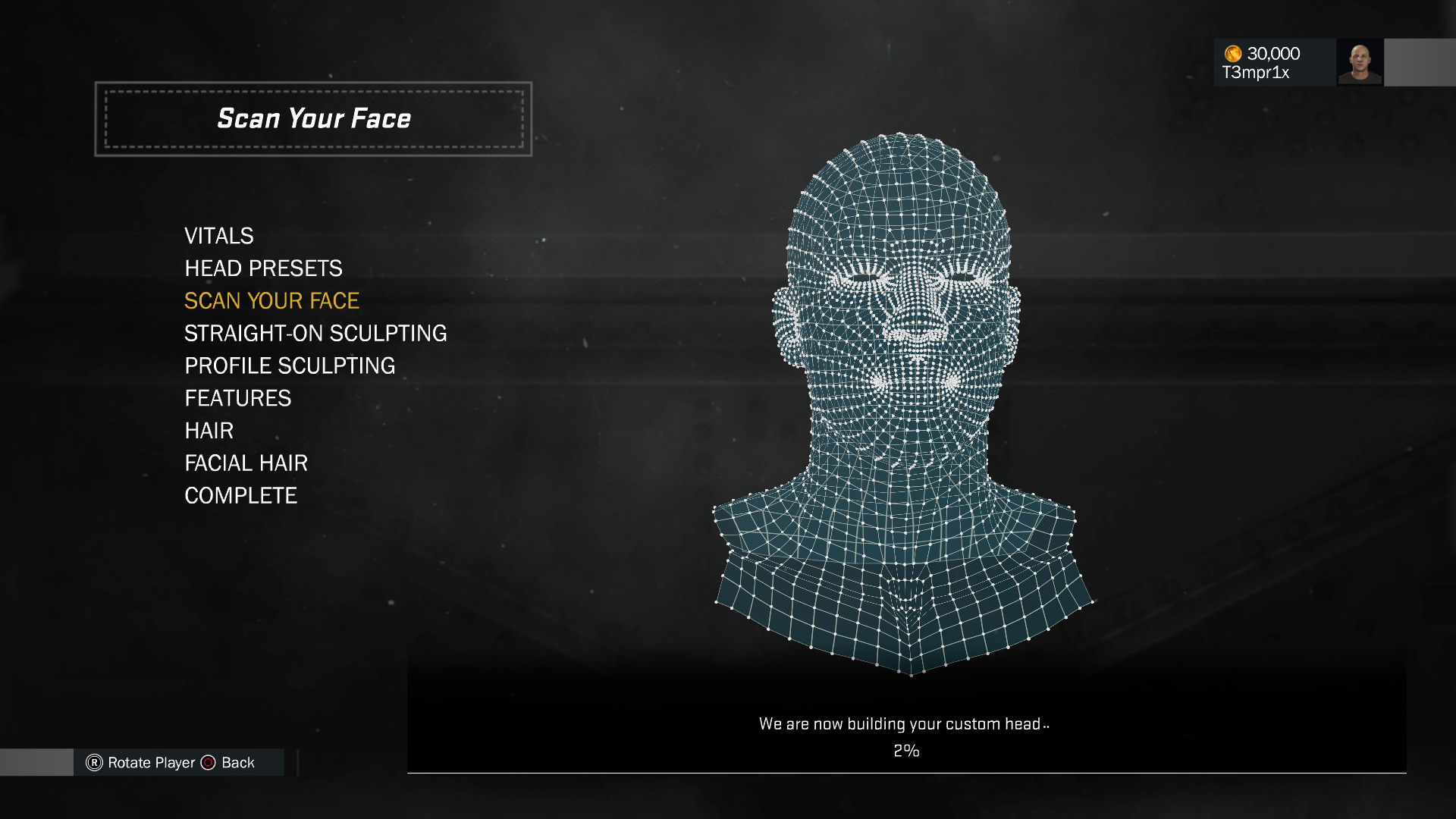
-
Nba 2k17 Review 09
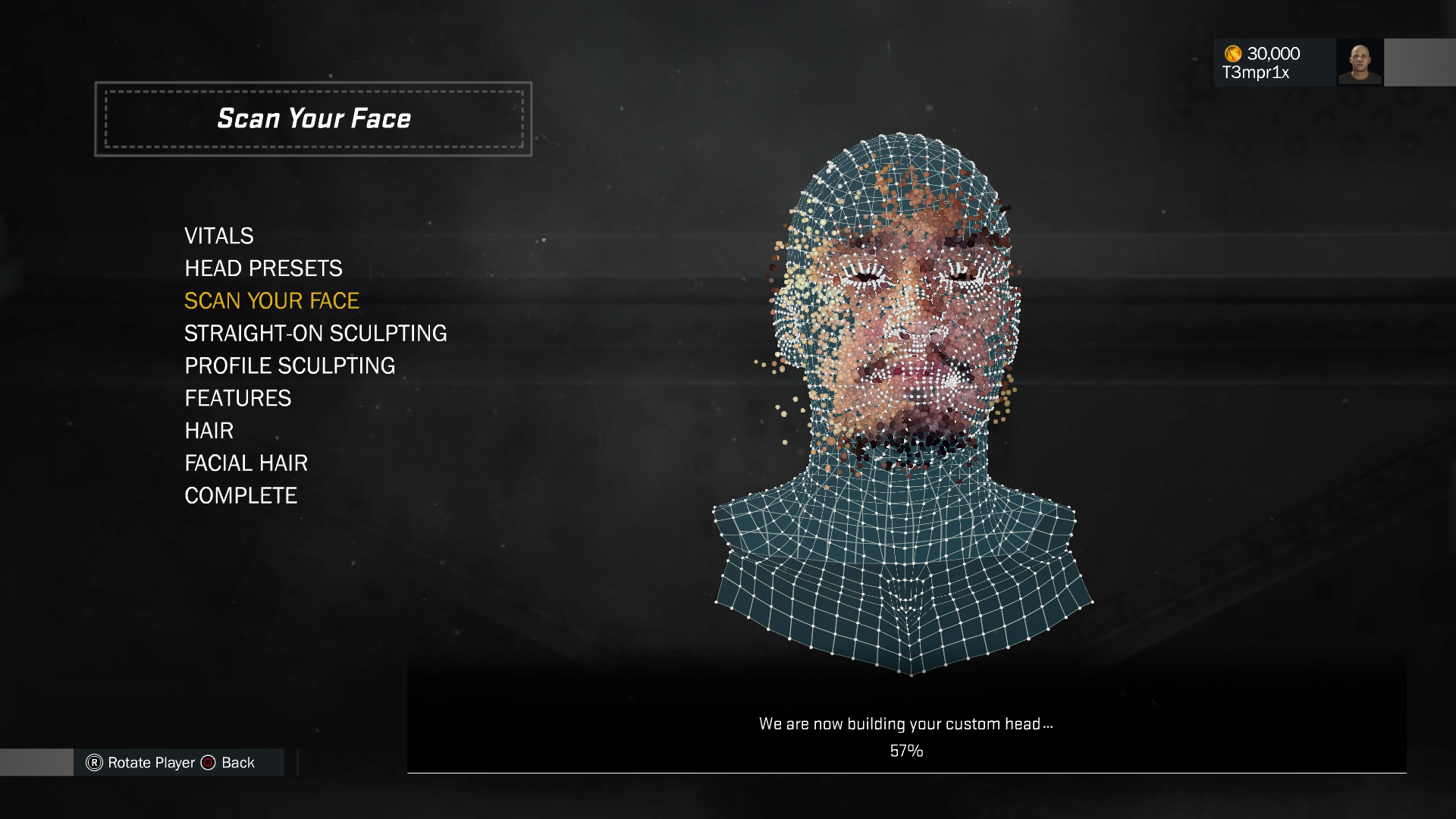
-
Nba 2k17 Review 11
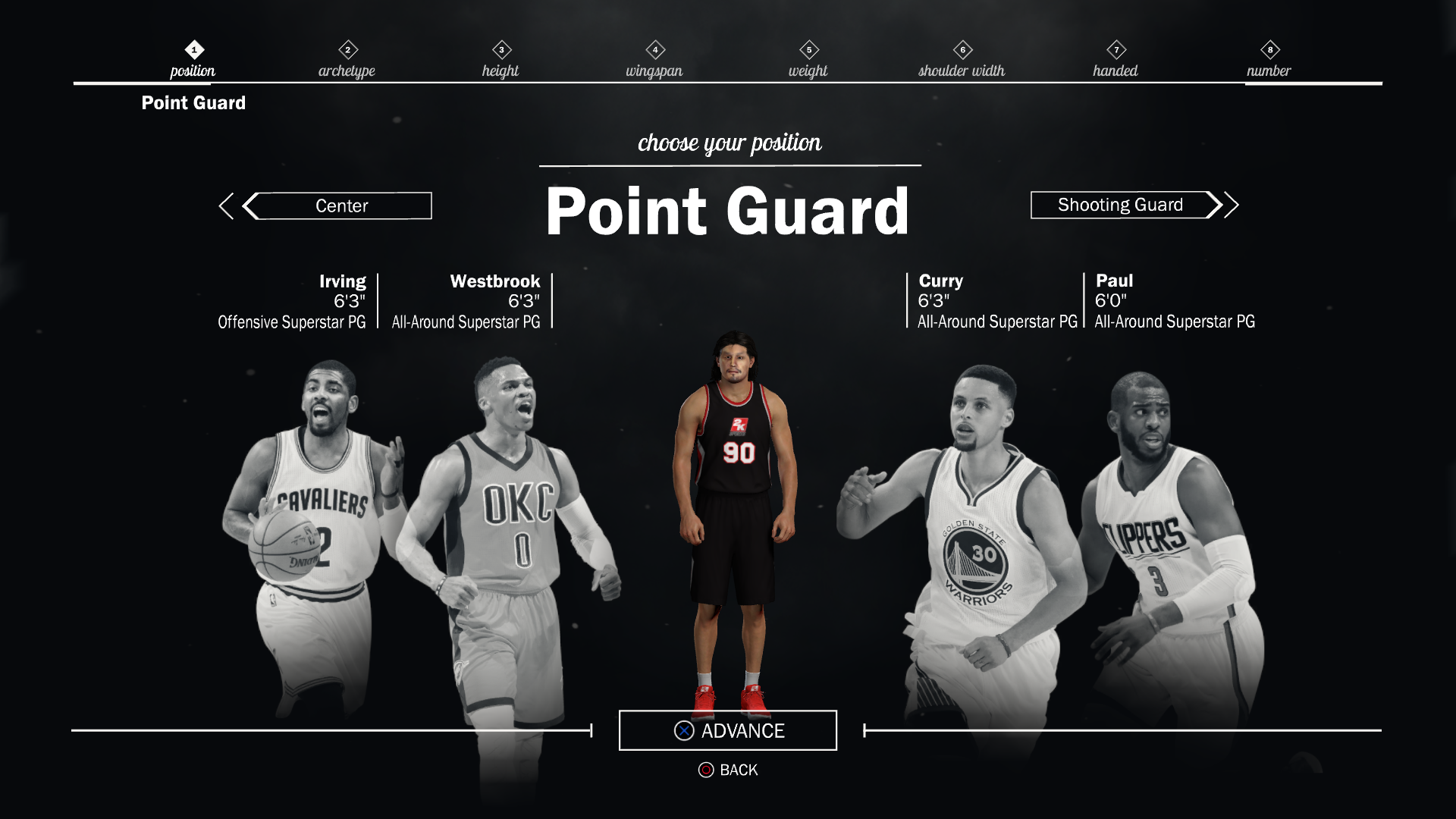
-
Nba 2k17 Review 12
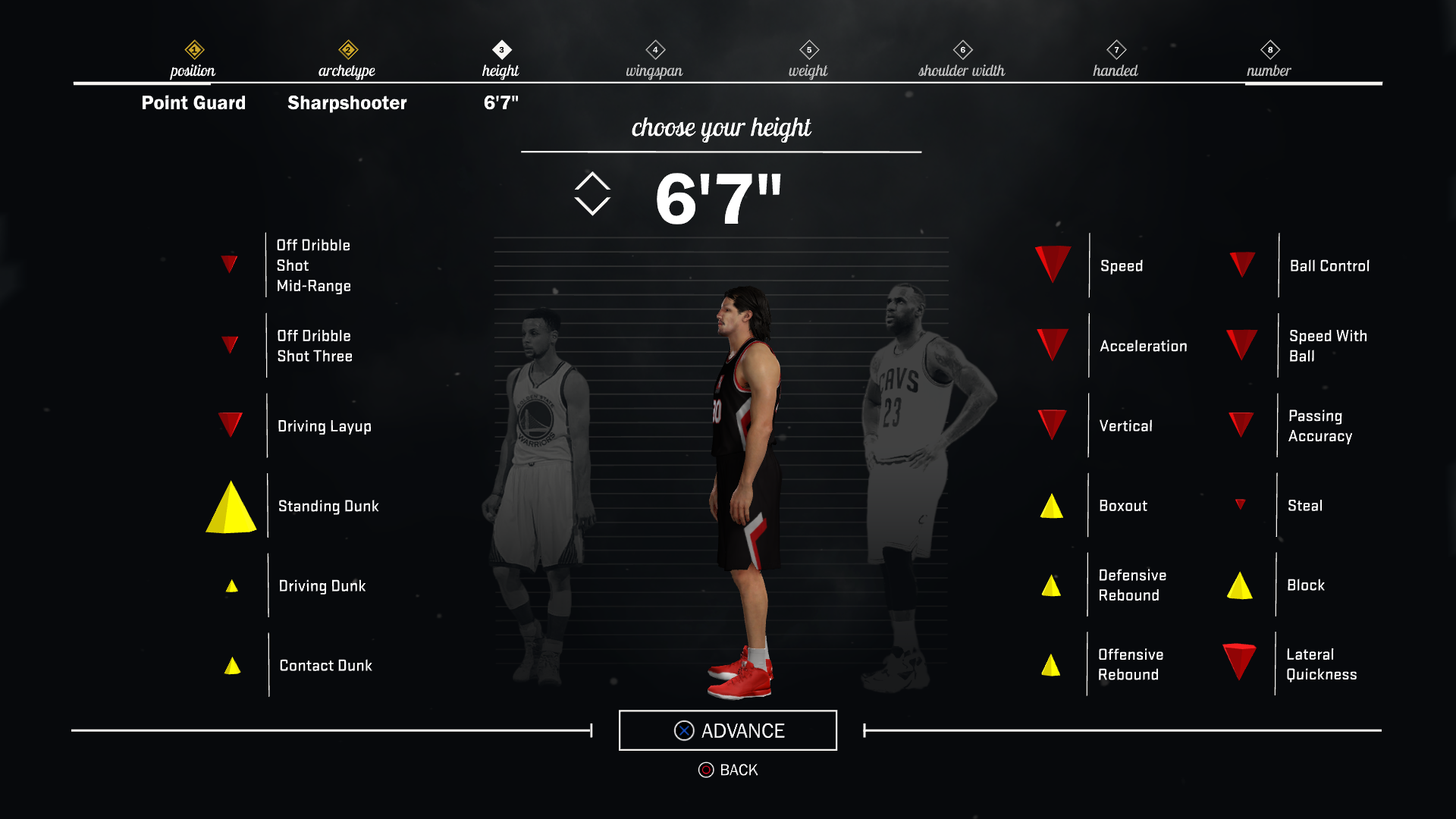
-
Nba 2k17 Review 13
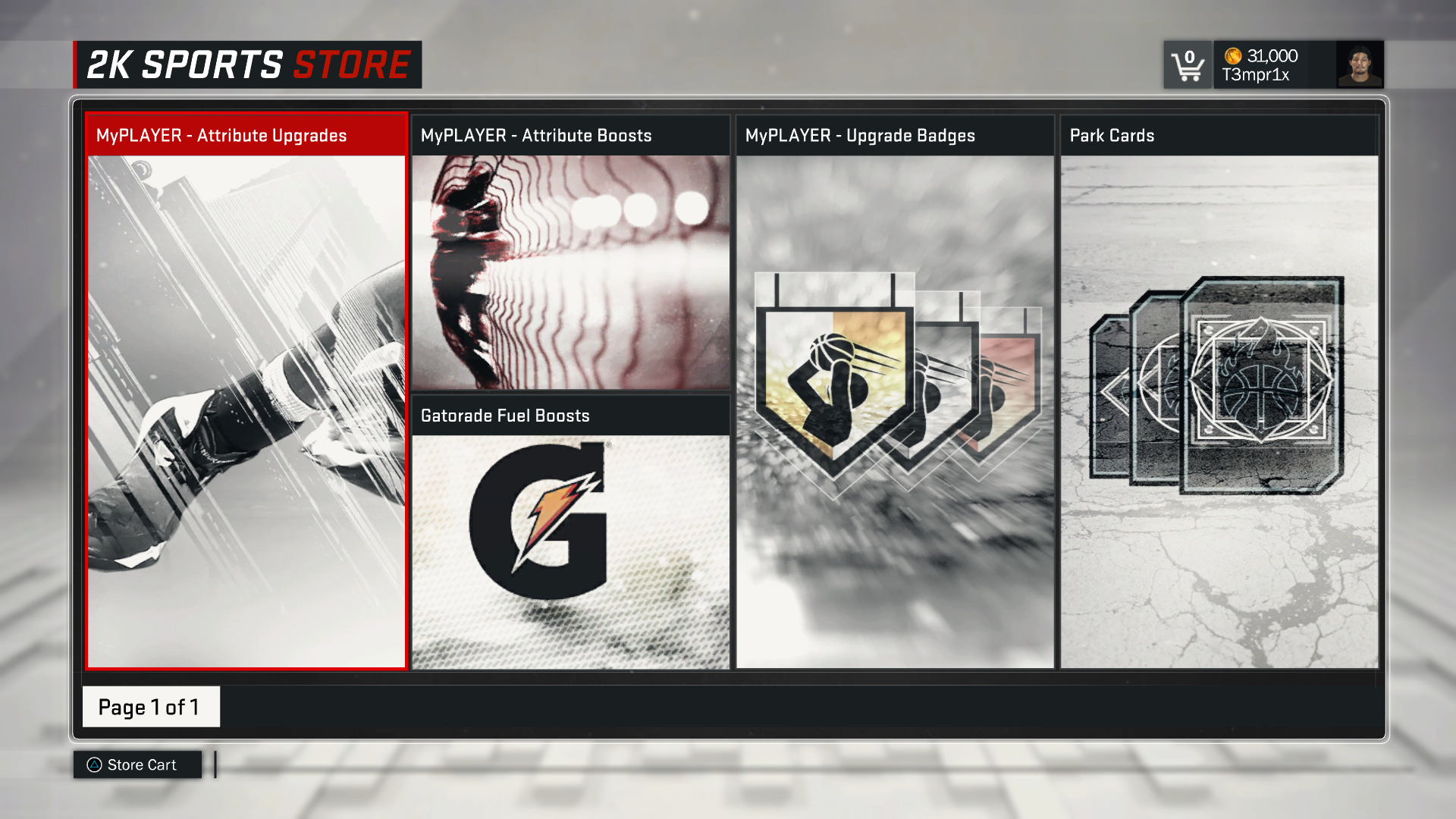
-
Nba 2k17 Review 14
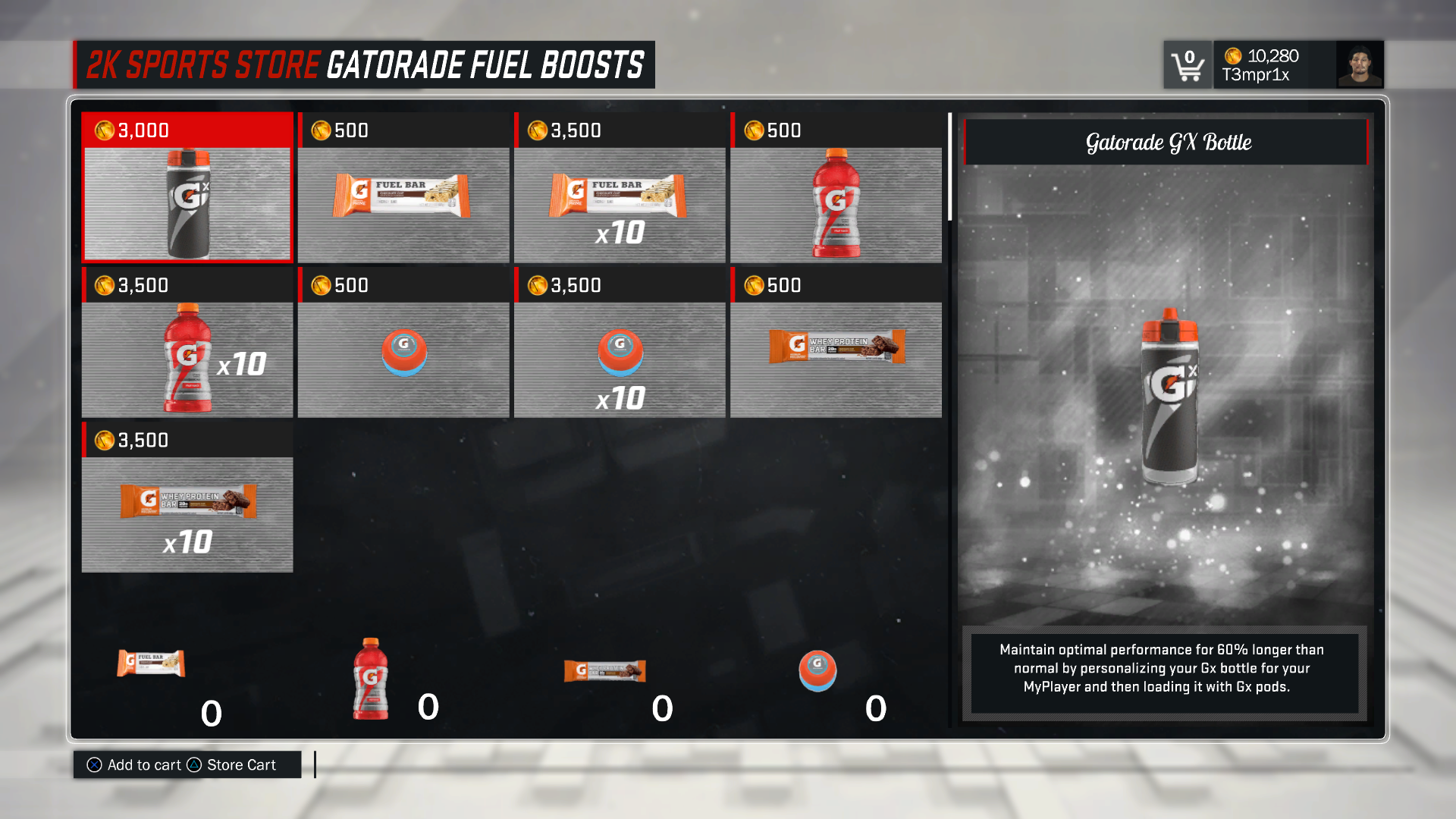
-
Nba 2k17 Review 15
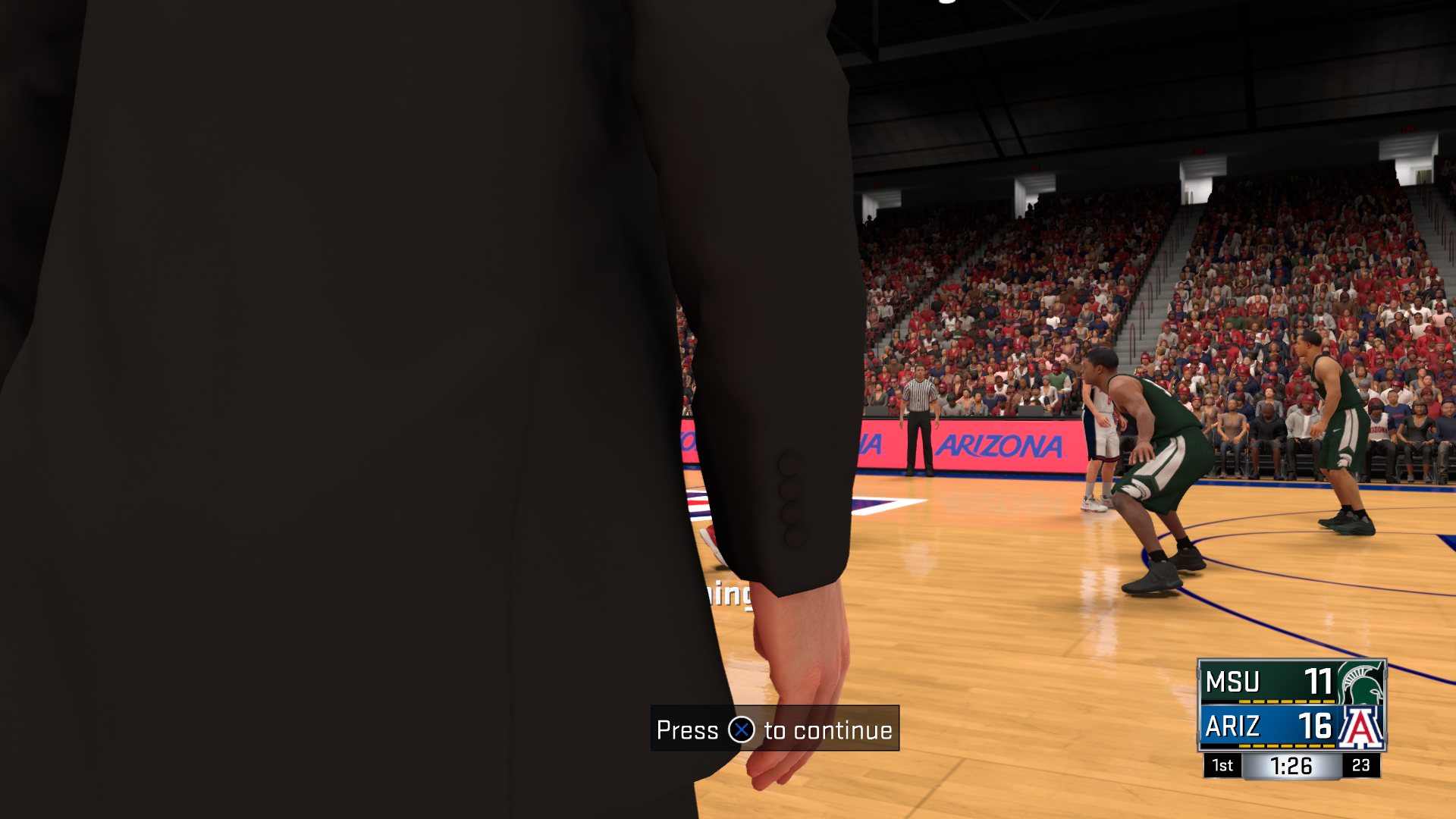
-
Nba 2k17 Review 16
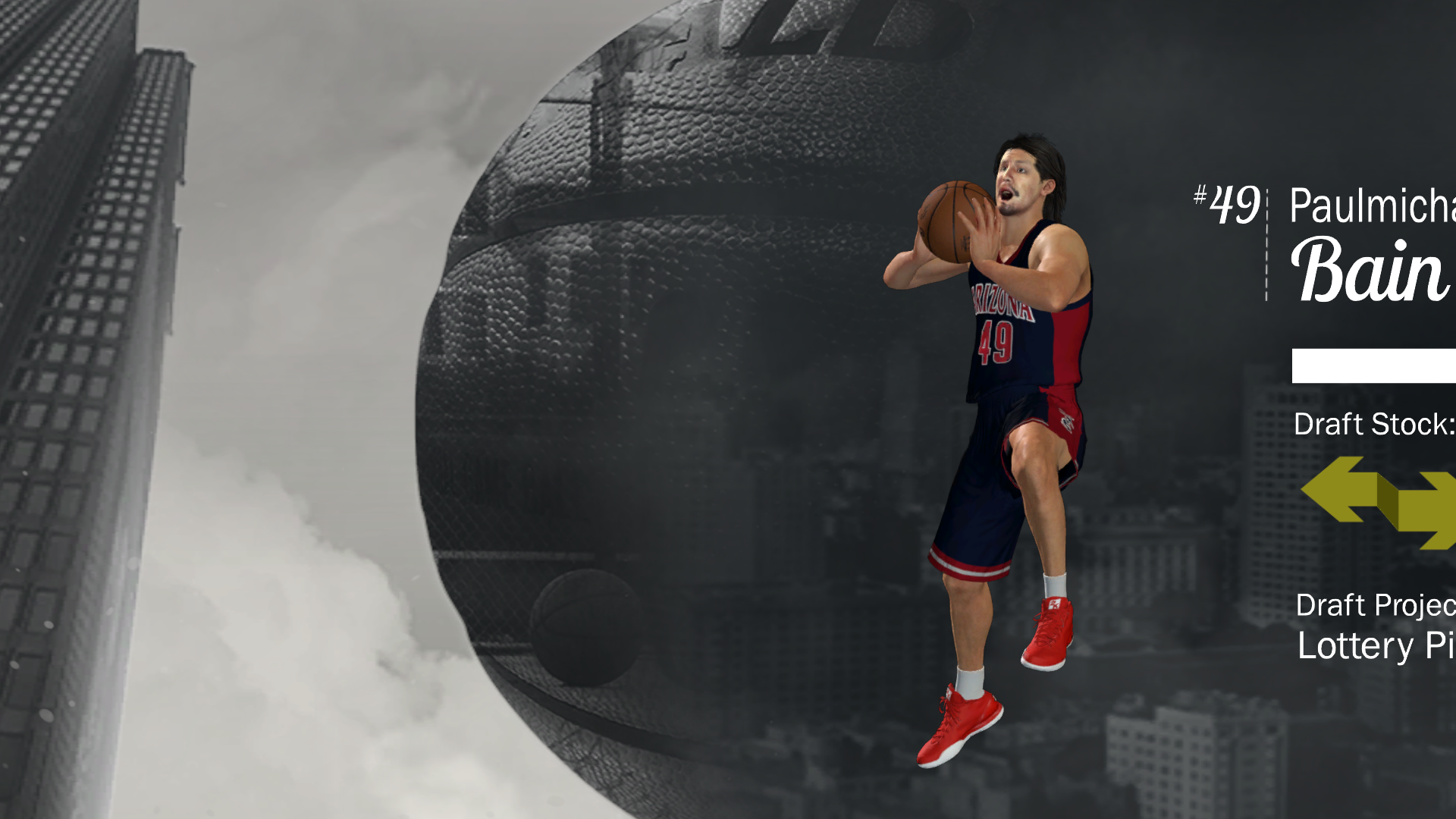
-
Nba 2k17 Review 17
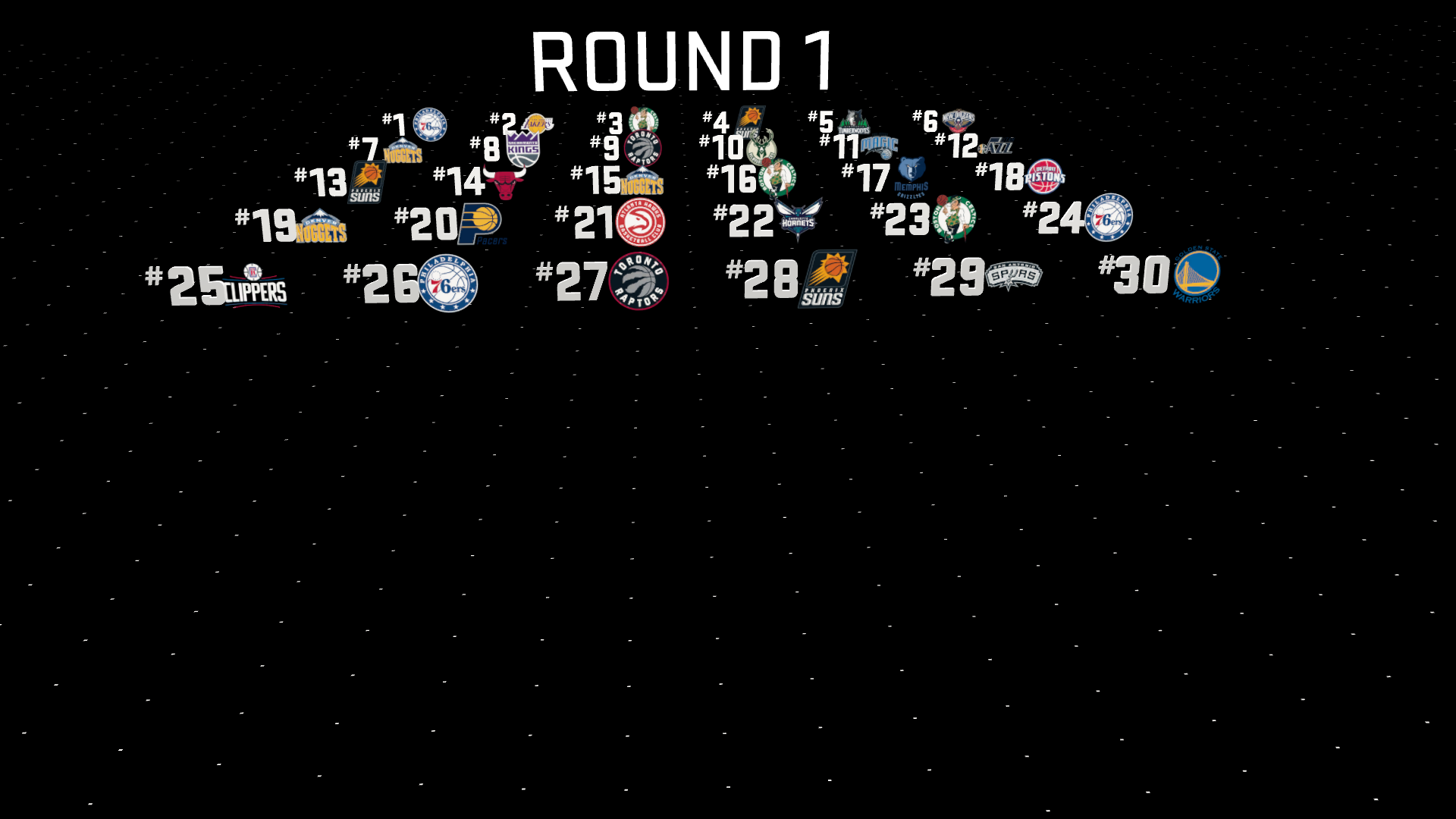
-
Nba 2k17 Review 18
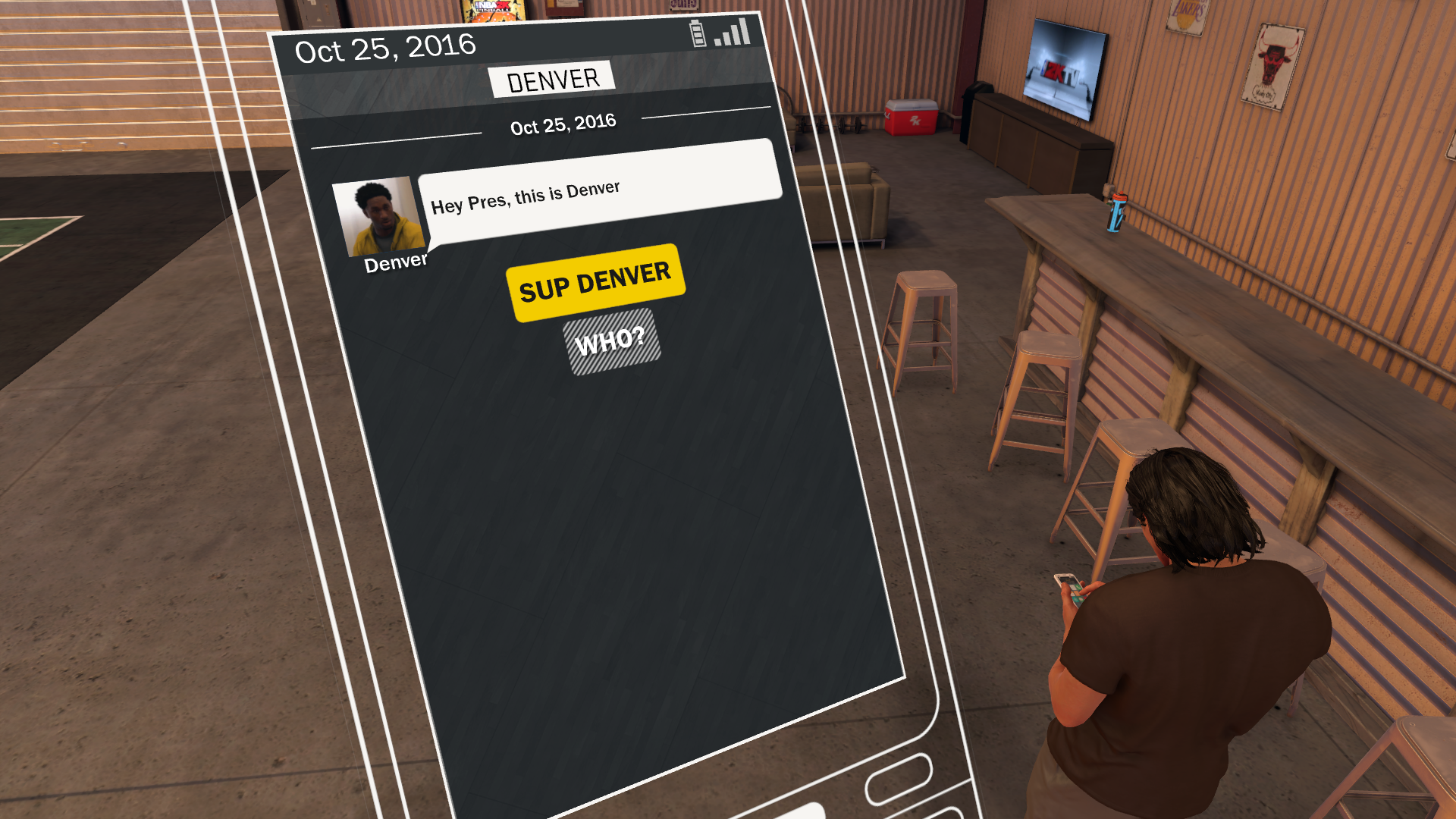
-
Nba 2k17 Review 19
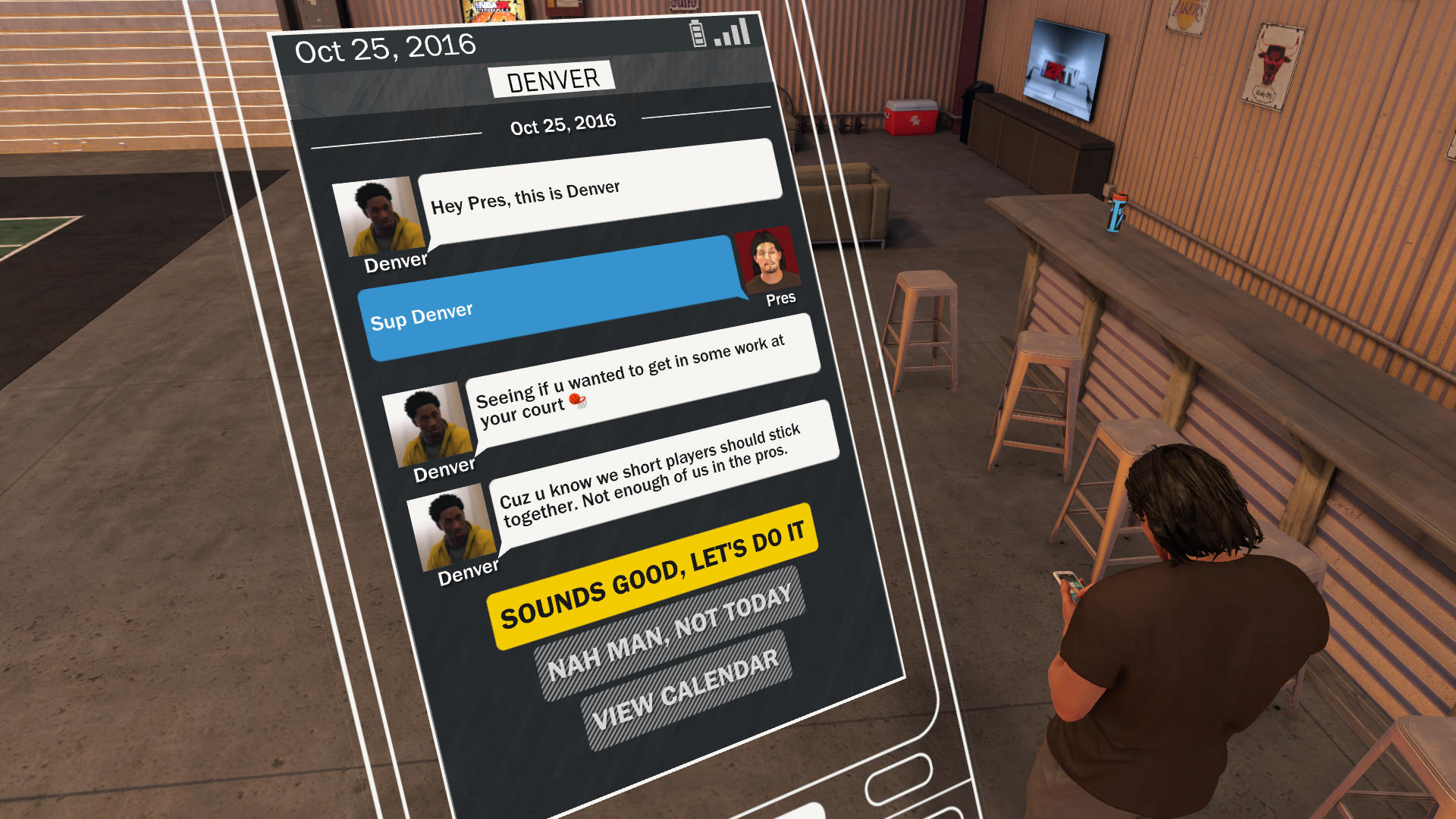
-
Nba 2k17 Review 20
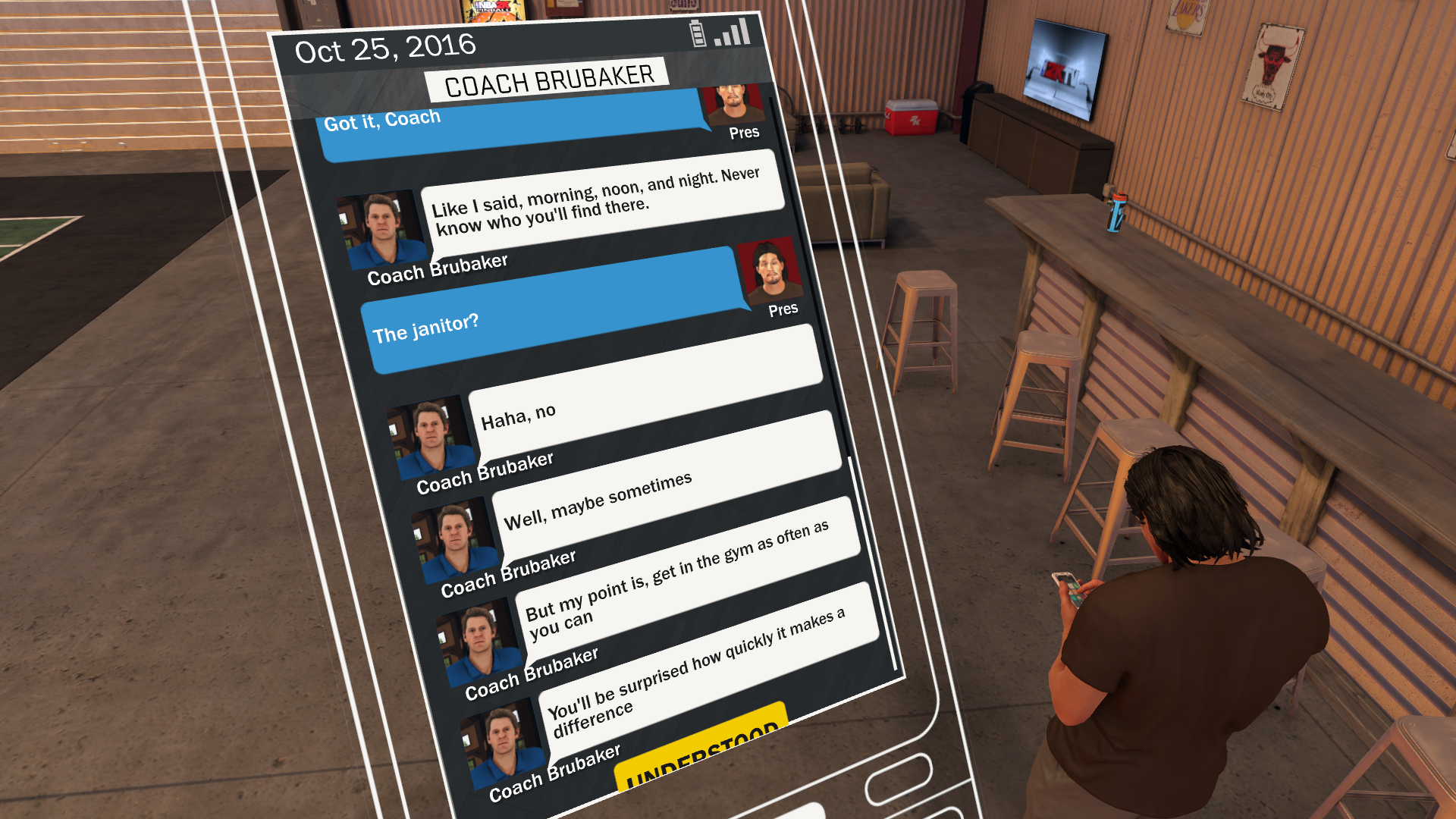
-
Nba 2k17 Review 21
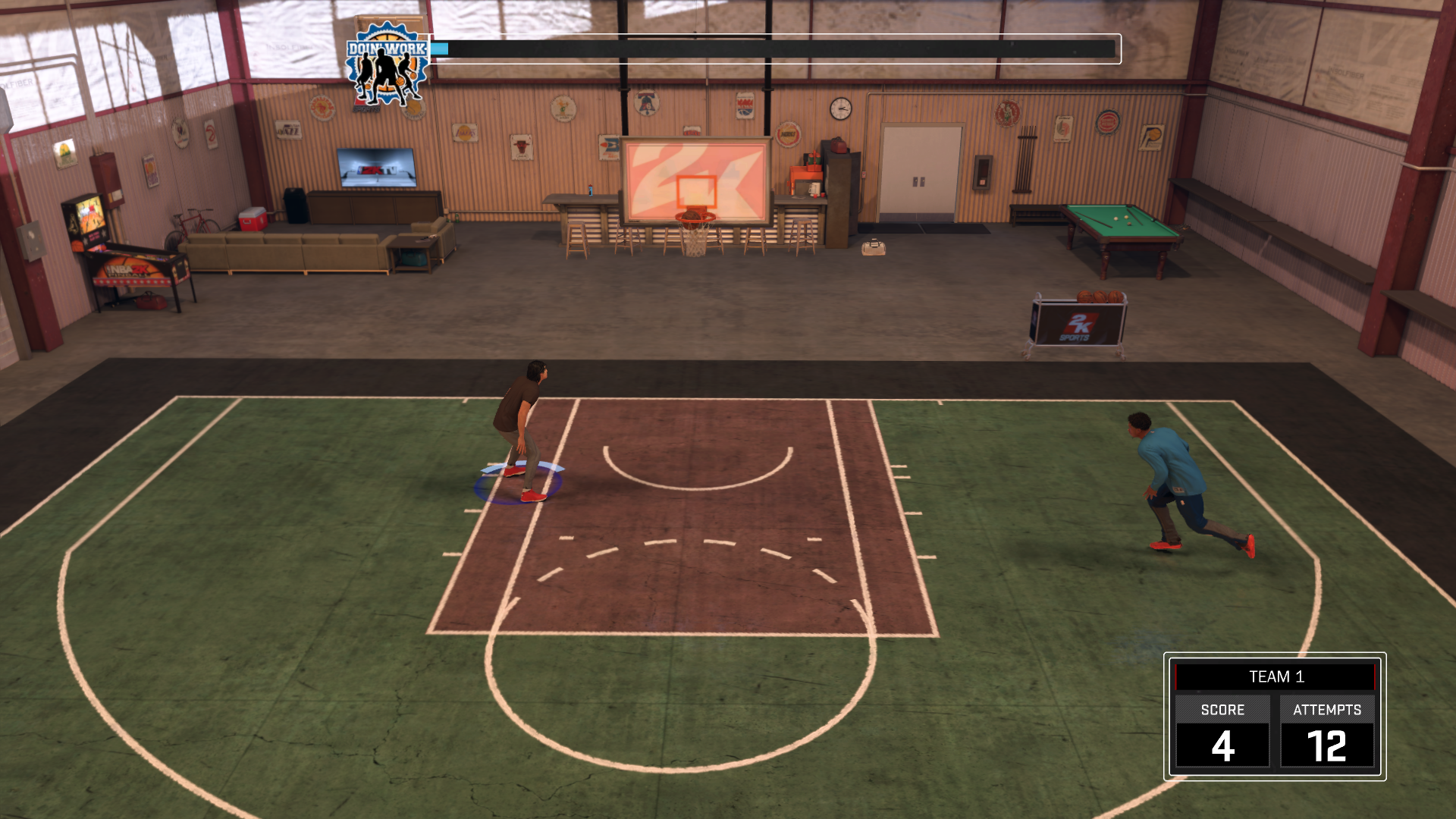
-
Nba 2k17 Review 22
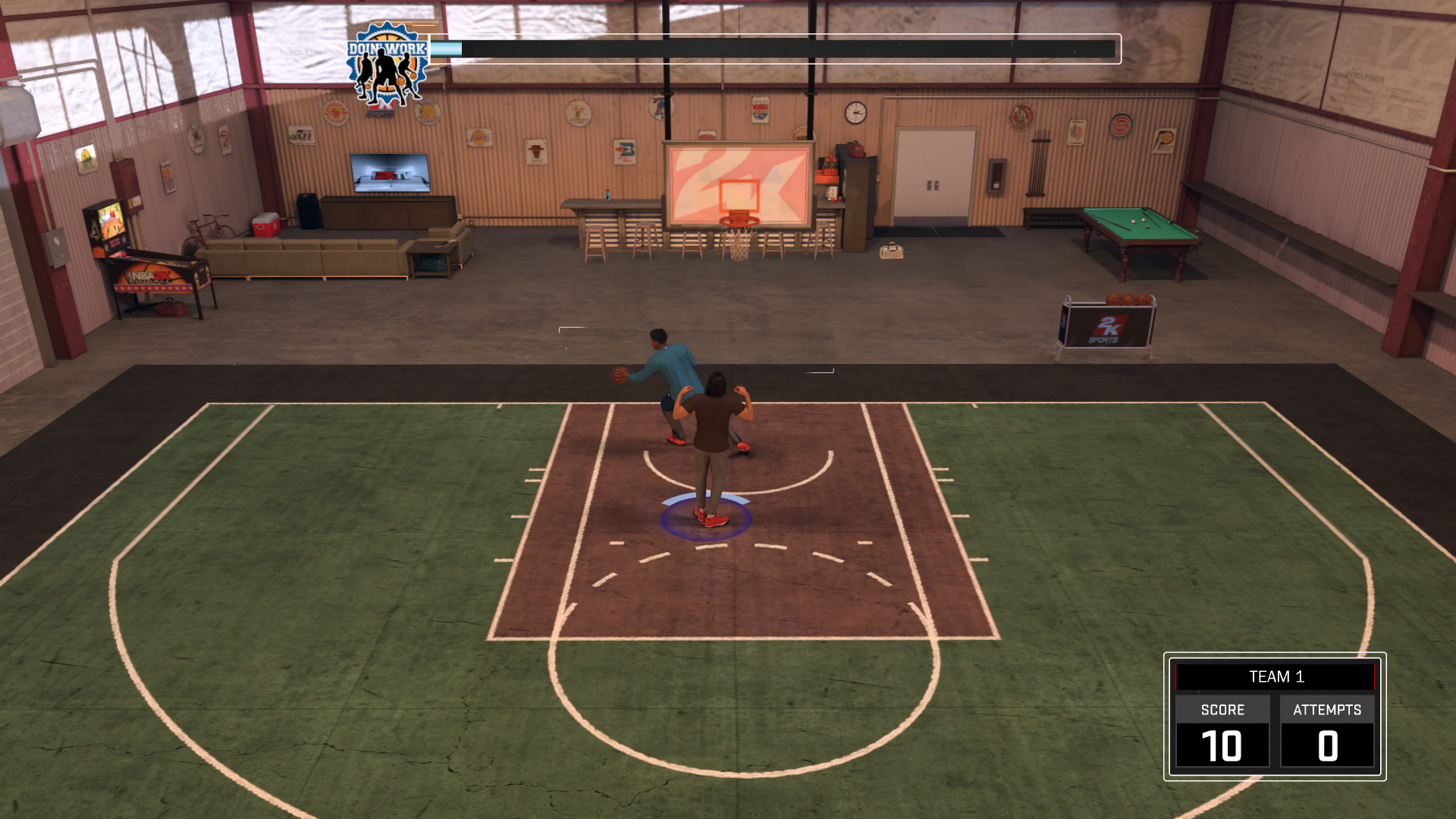
-
Nba 2k17 Review 24
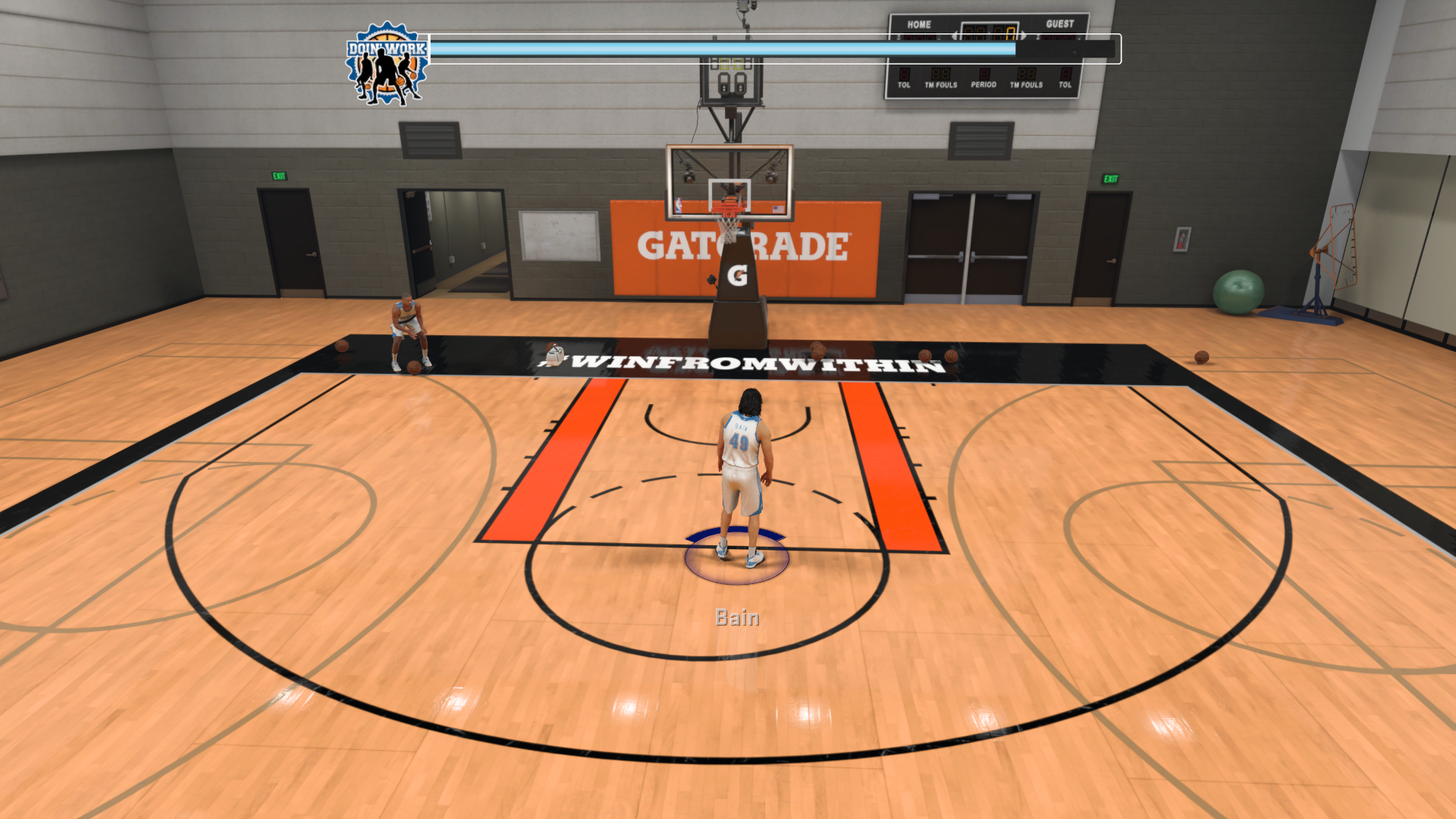
-
Nba 2k17 Review 25
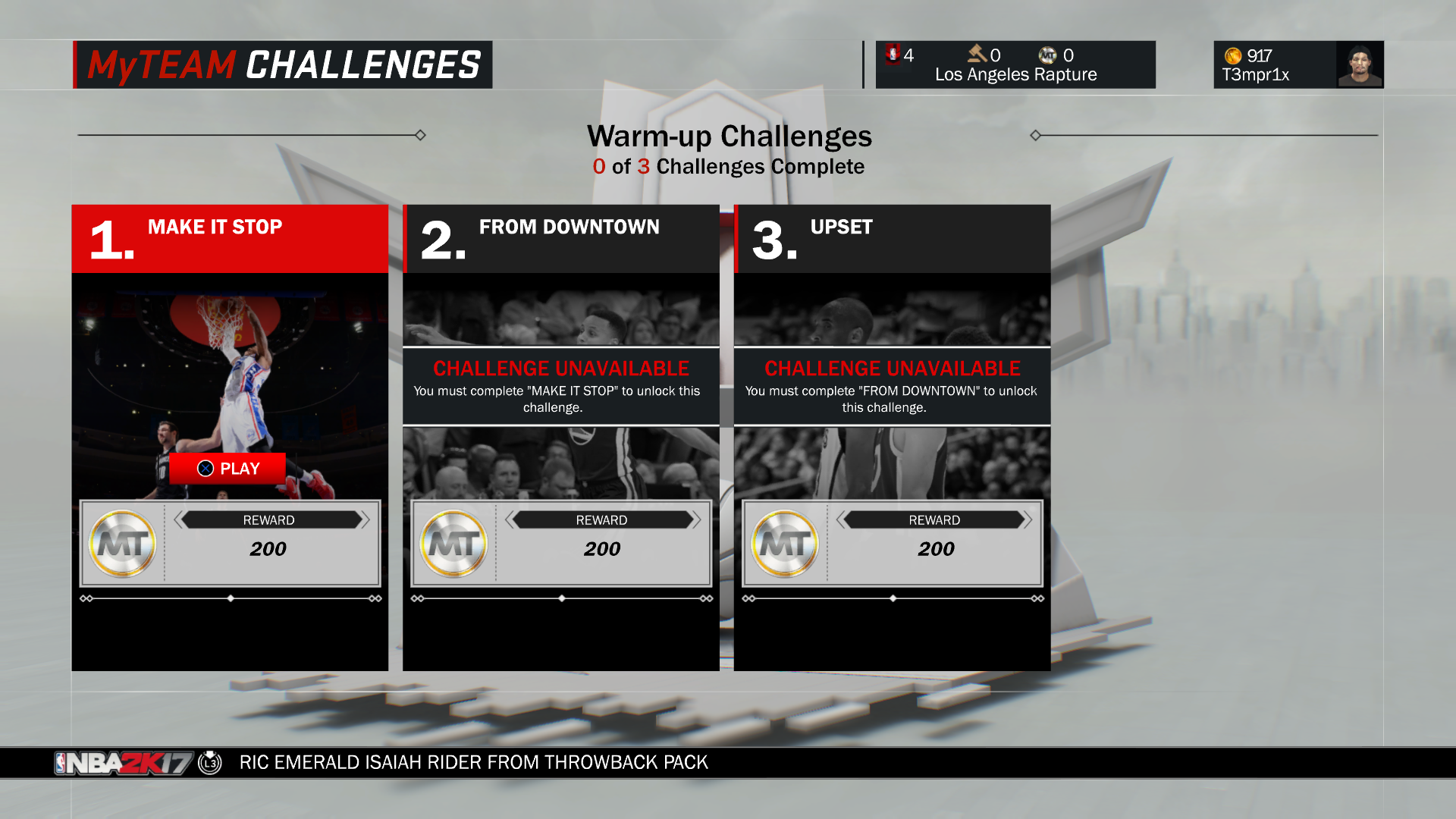
-
Nba 2k17 Review 26
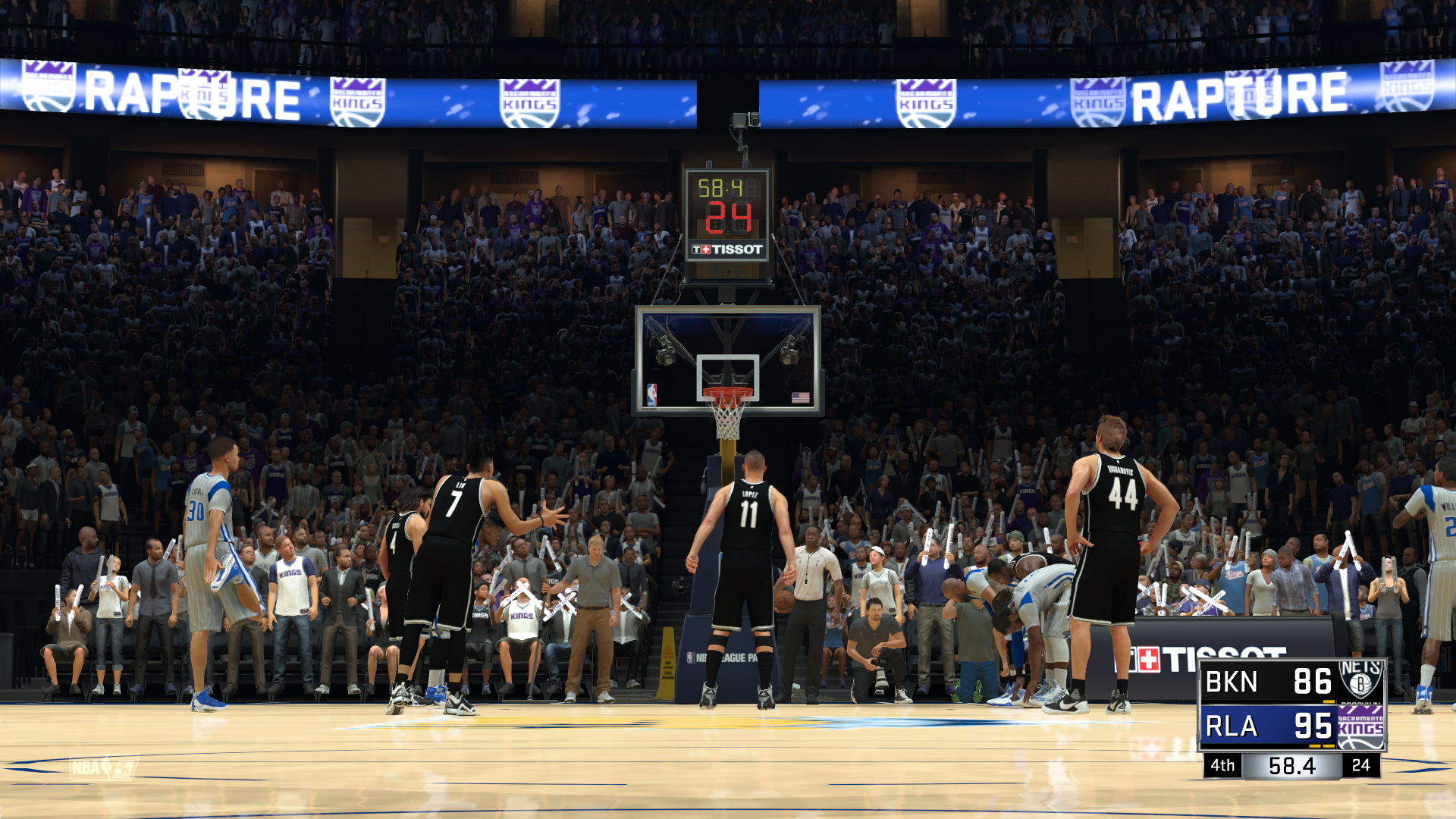
-
Nba 2k17 Review 27
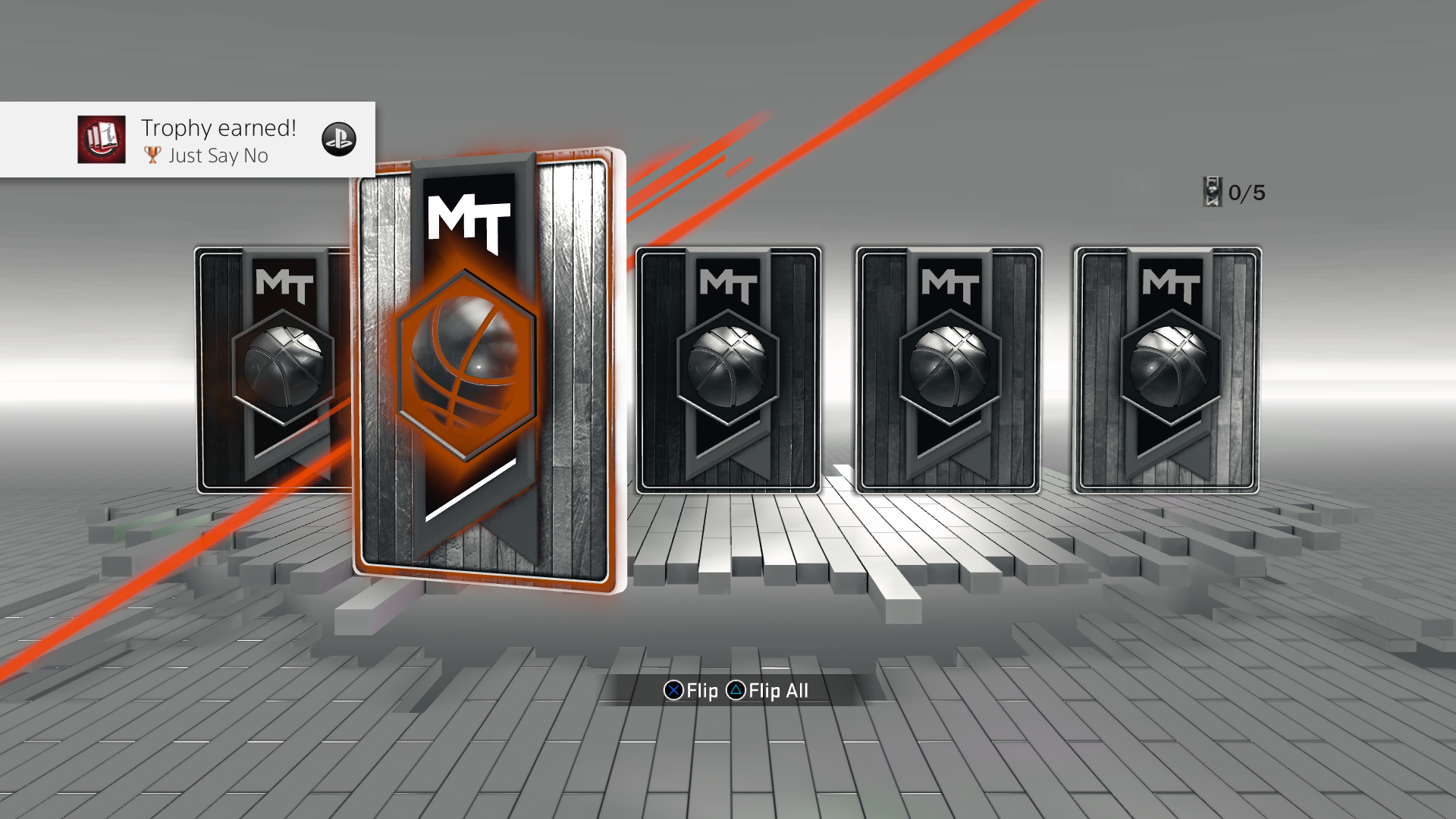
-
Nba 2k17 Review 28
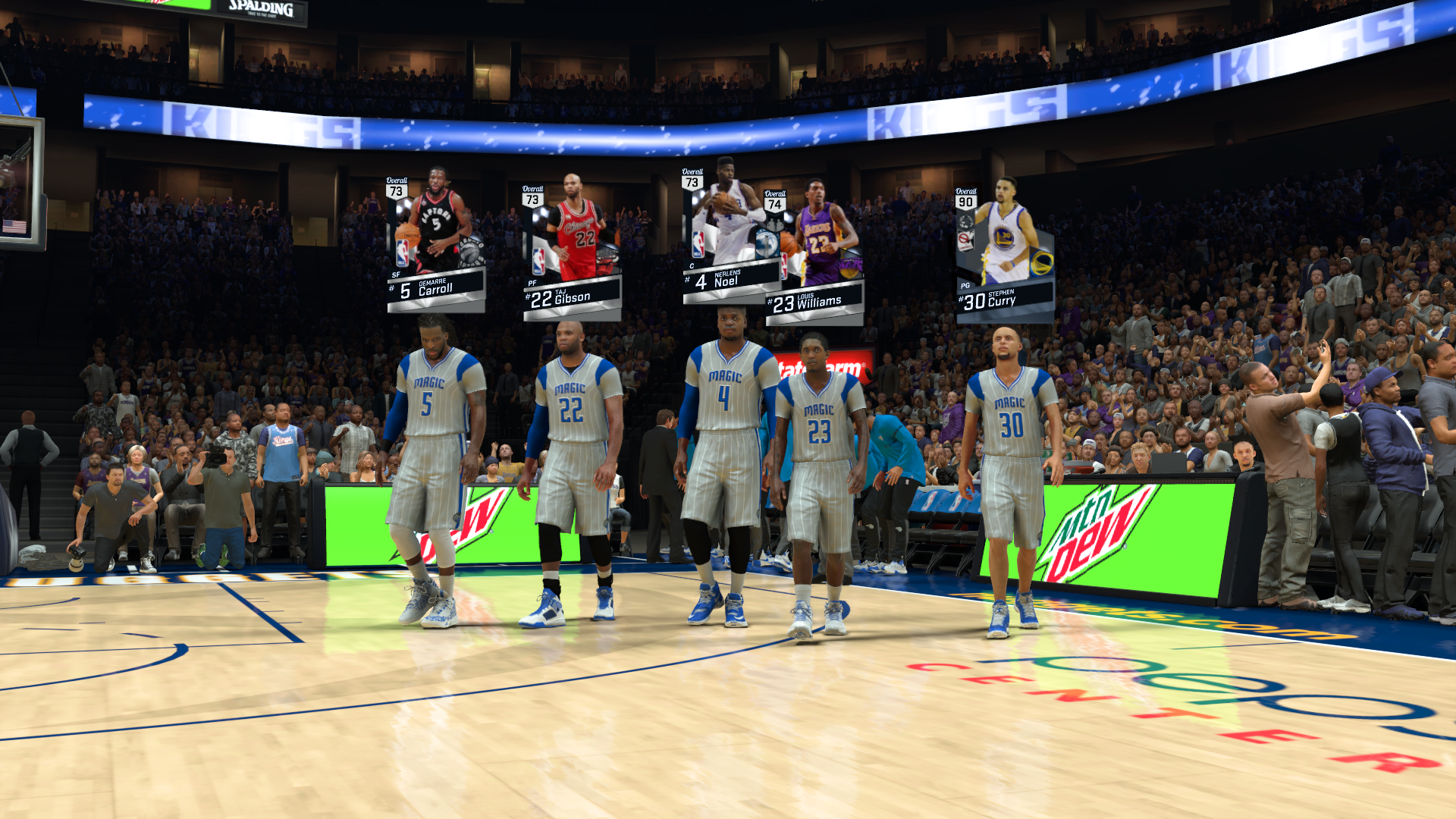
-
Nba 2k17 Review 29
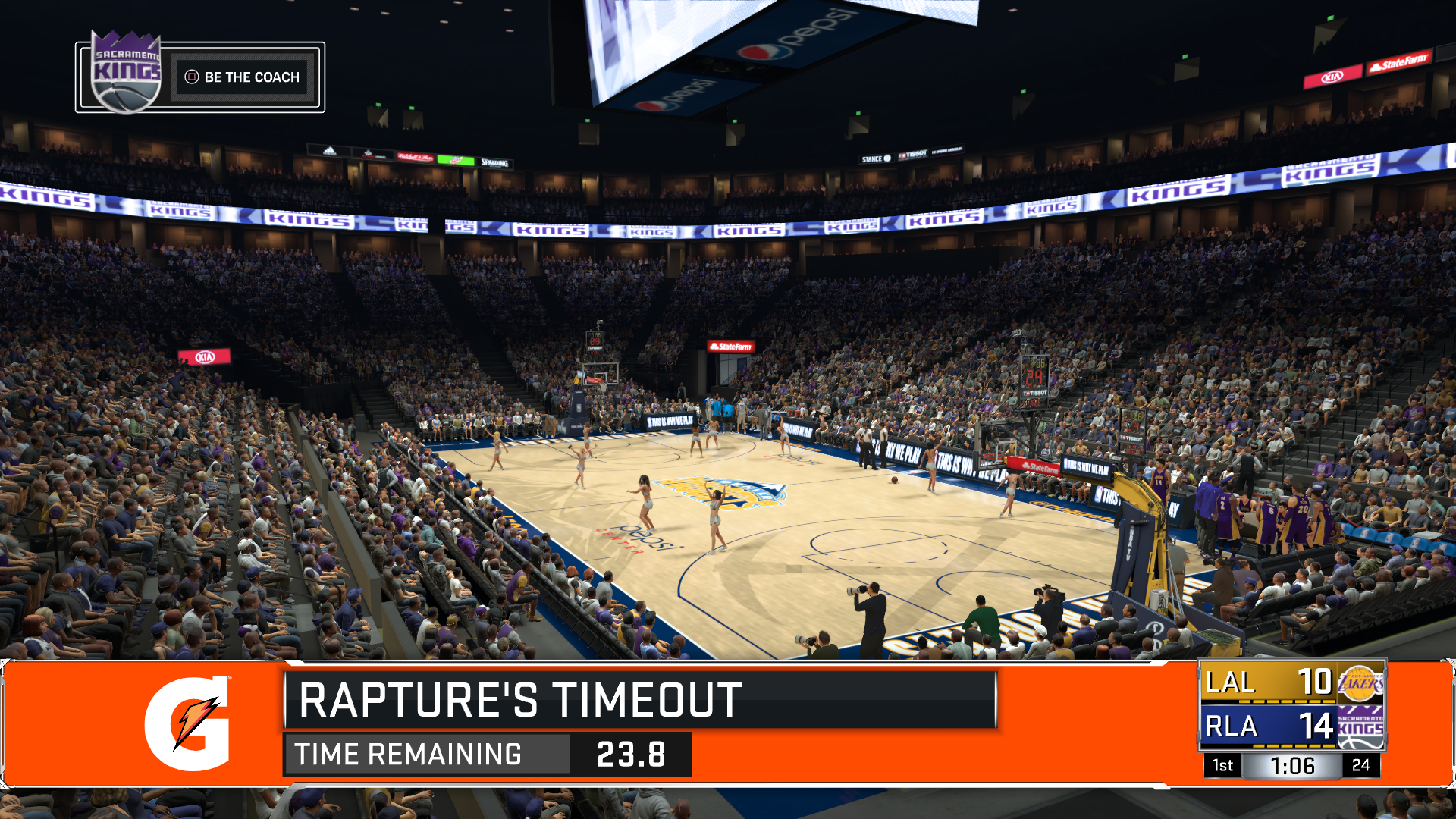
-
Nba 2k17 Review 30
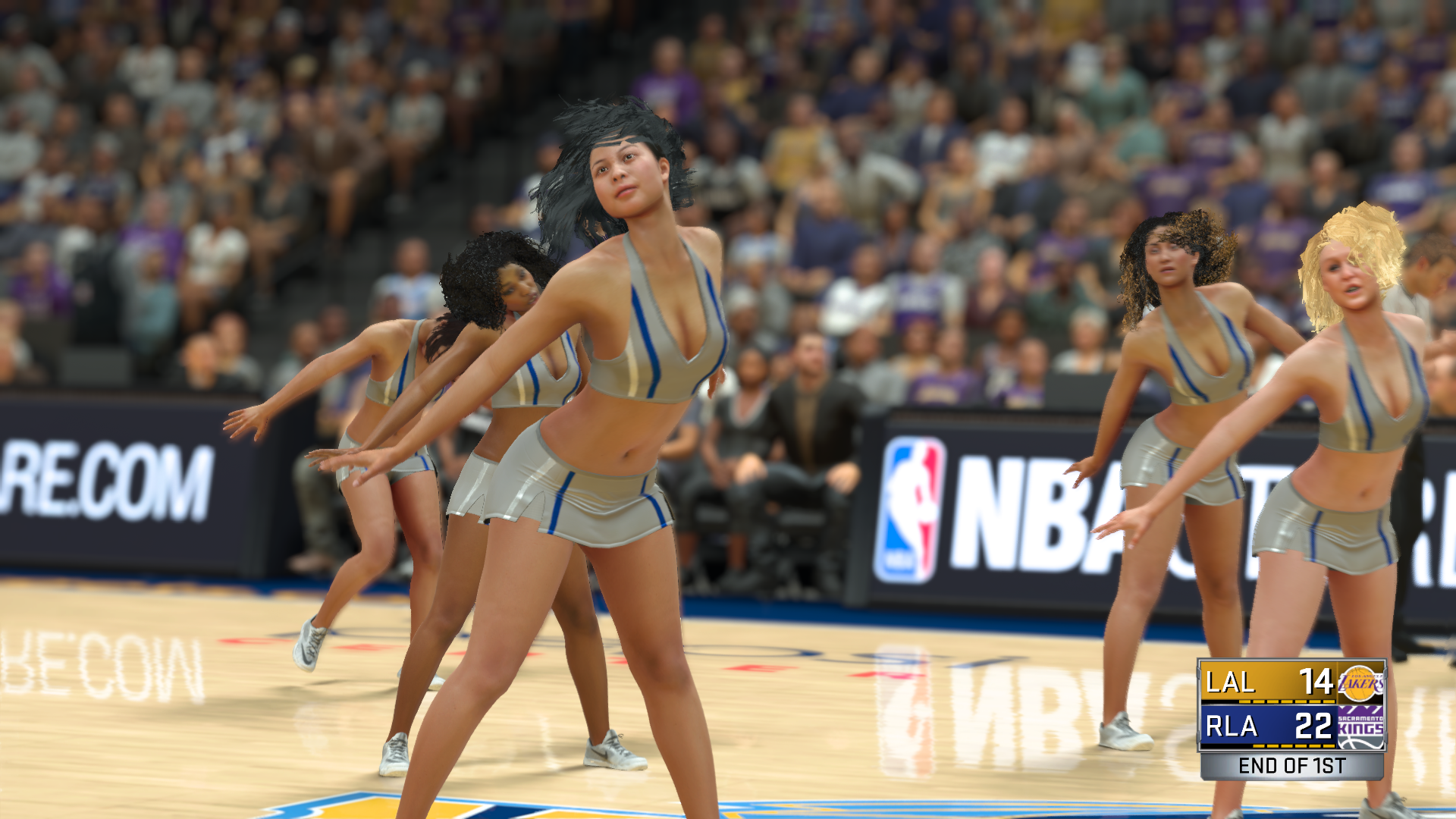
-
Nba 2k17 Review 31
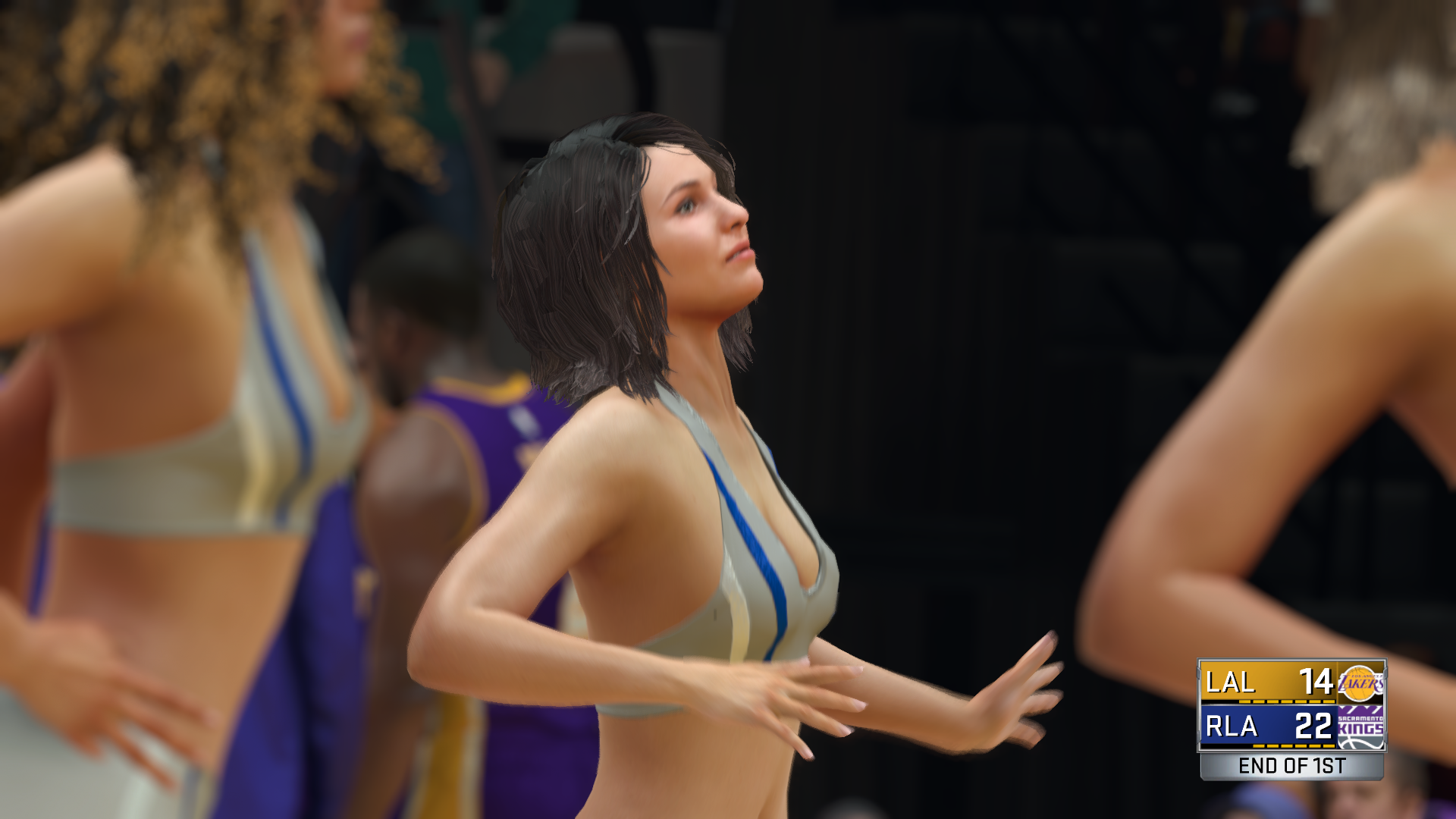
-
Nba 2k17 Review 32
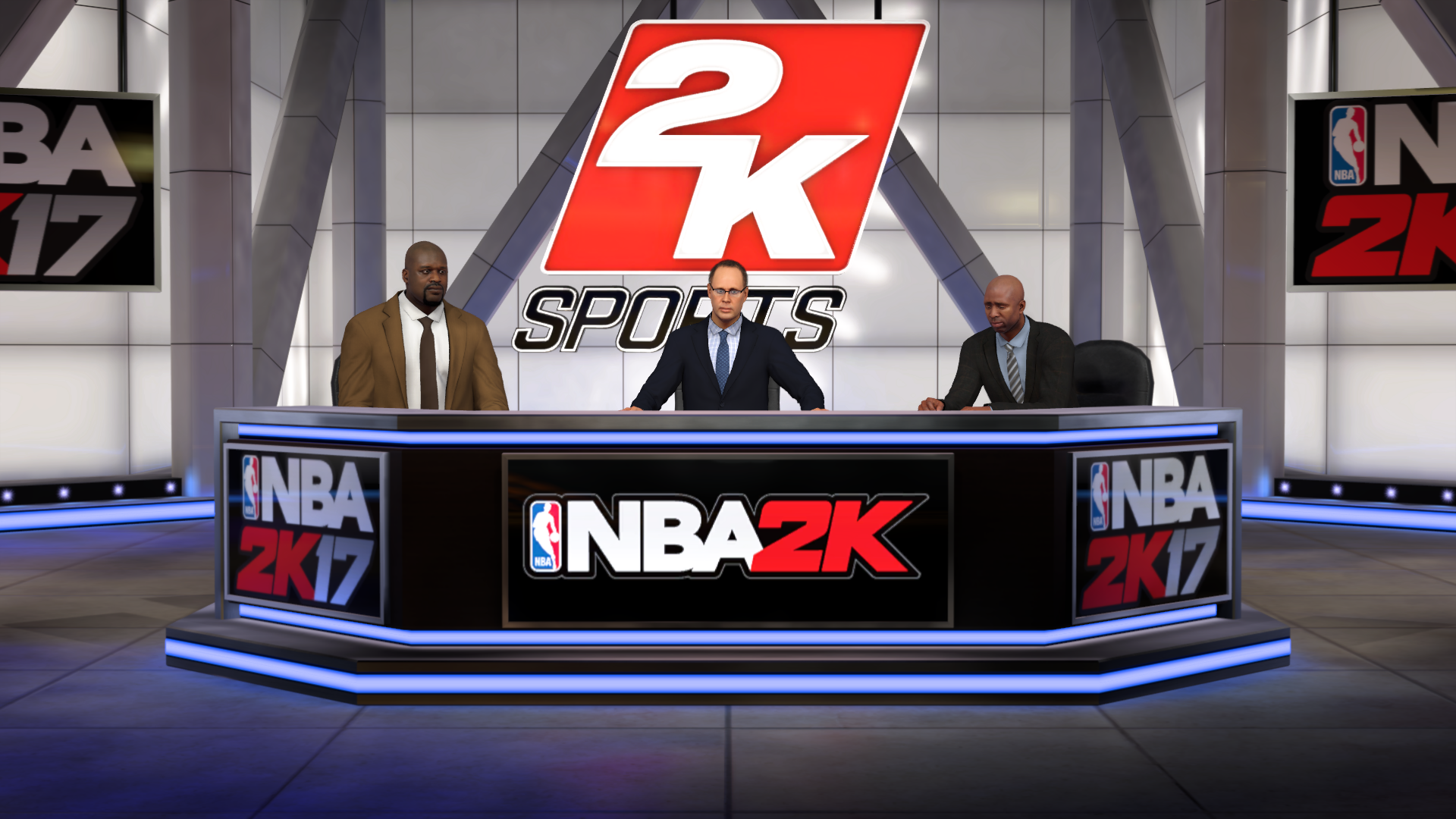
-
Nba 2k17 Review 33

-
Nba 2k17 Review 34
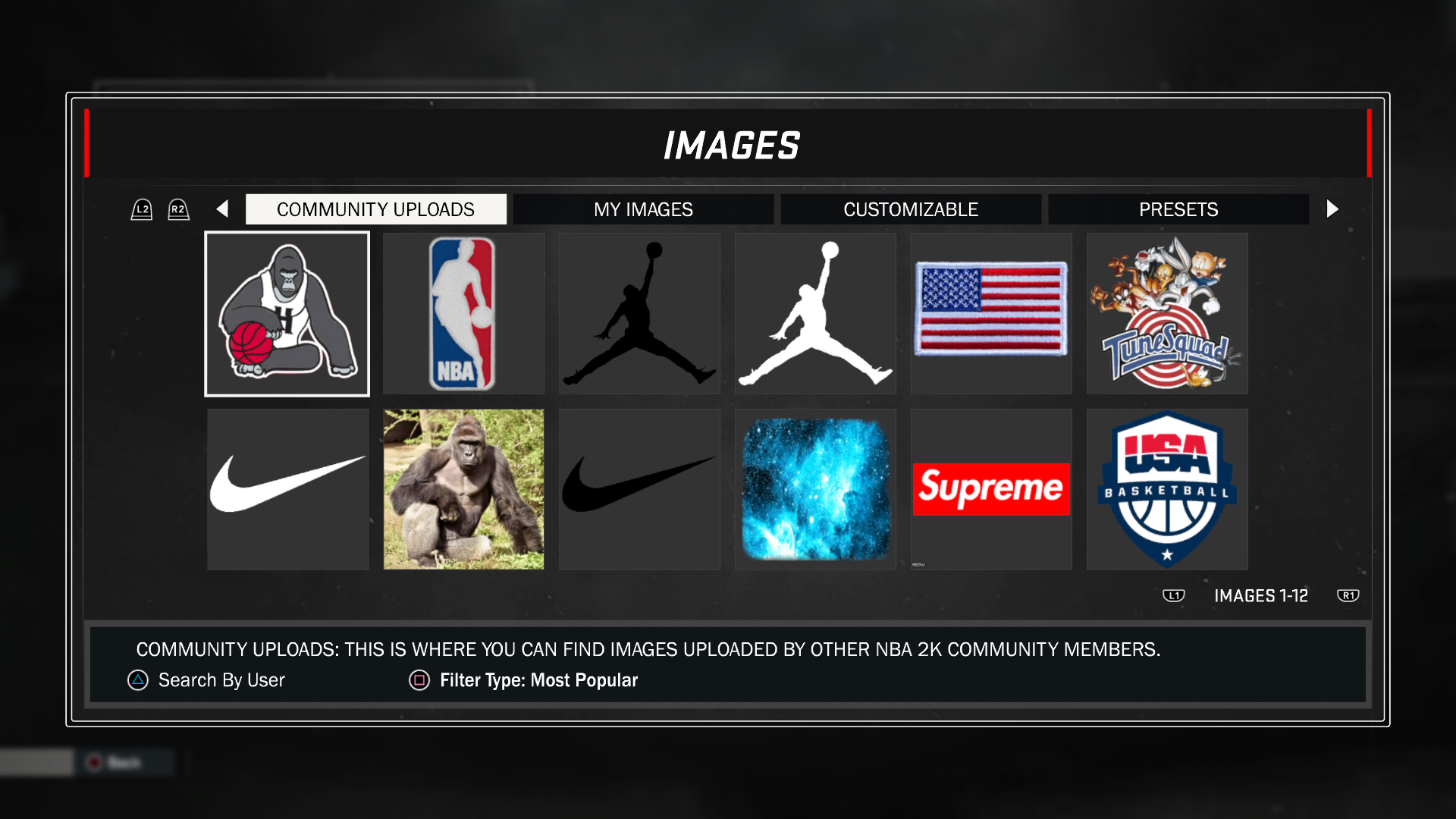
-
Nba 2k17 Review 35
